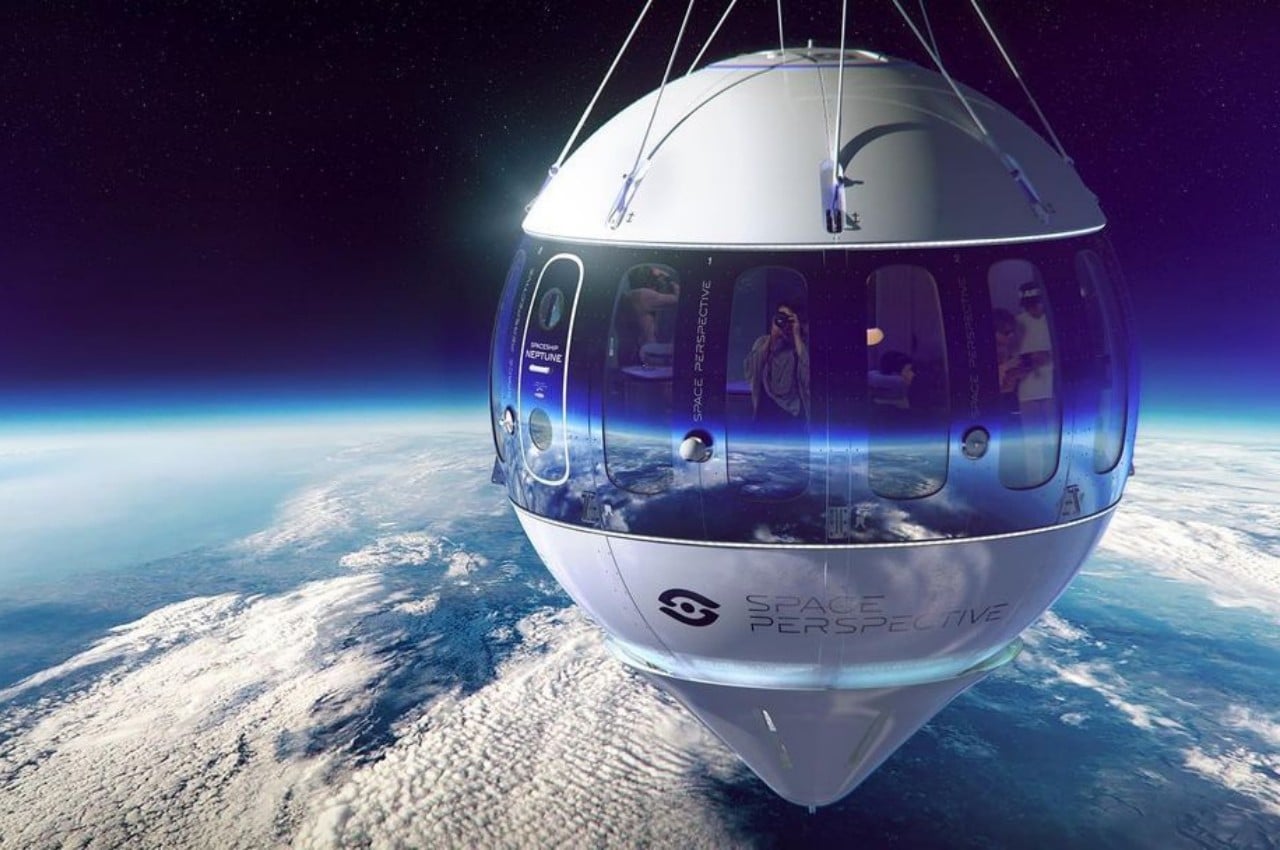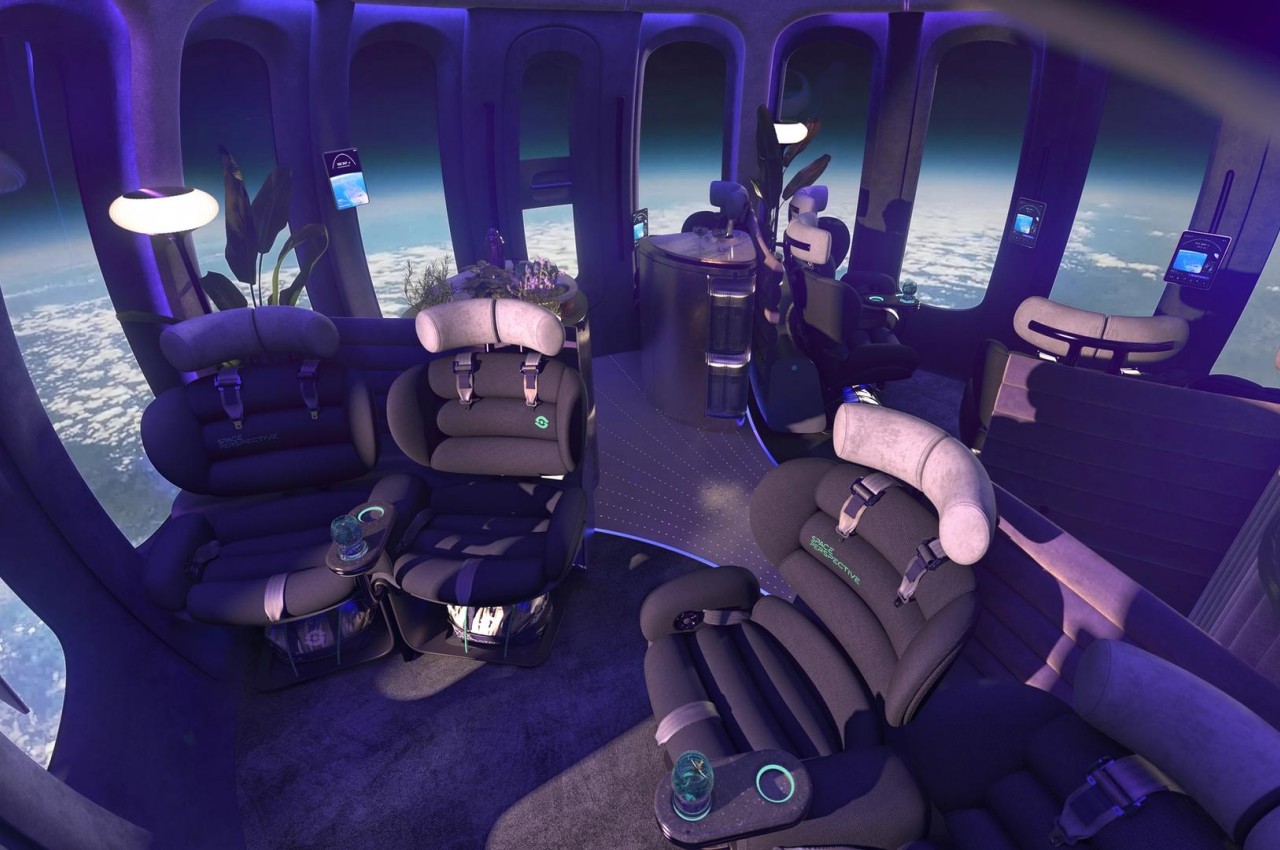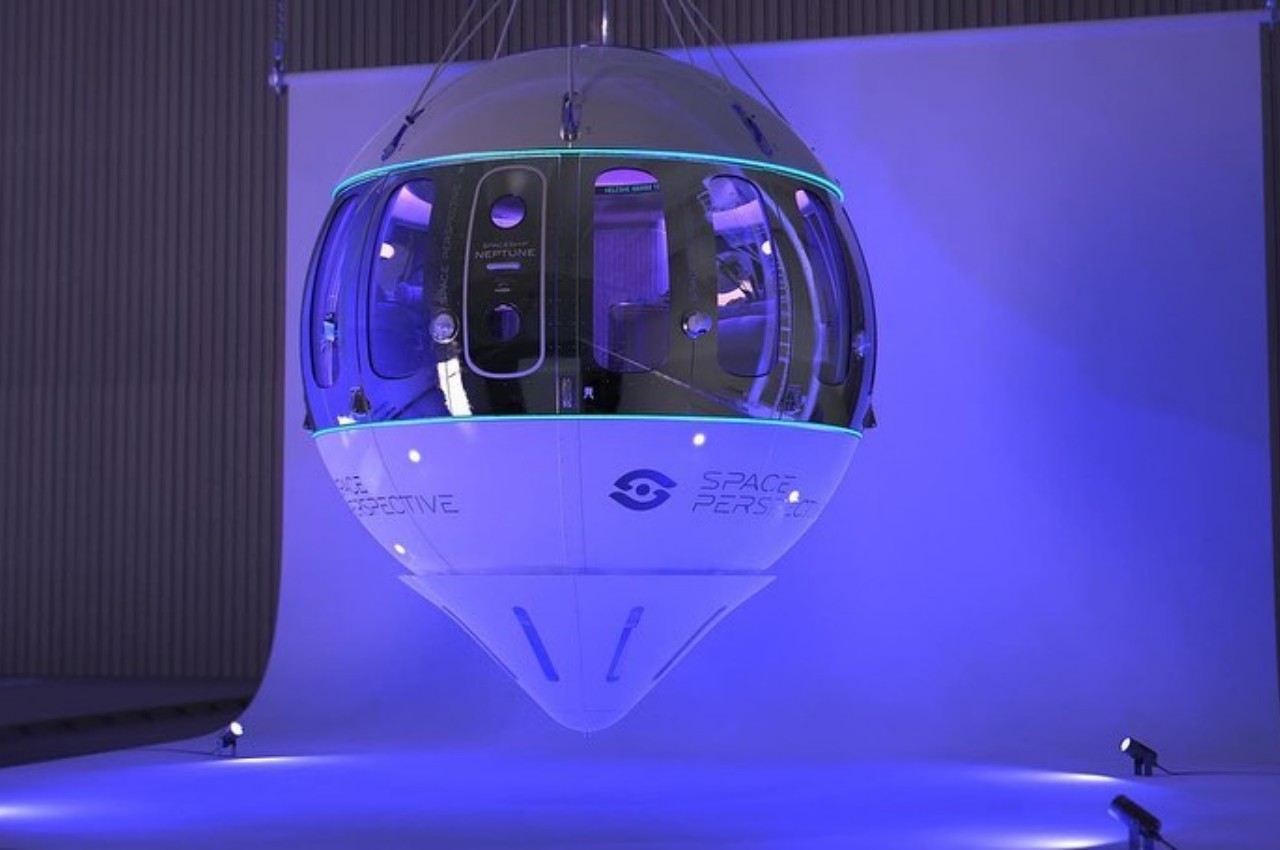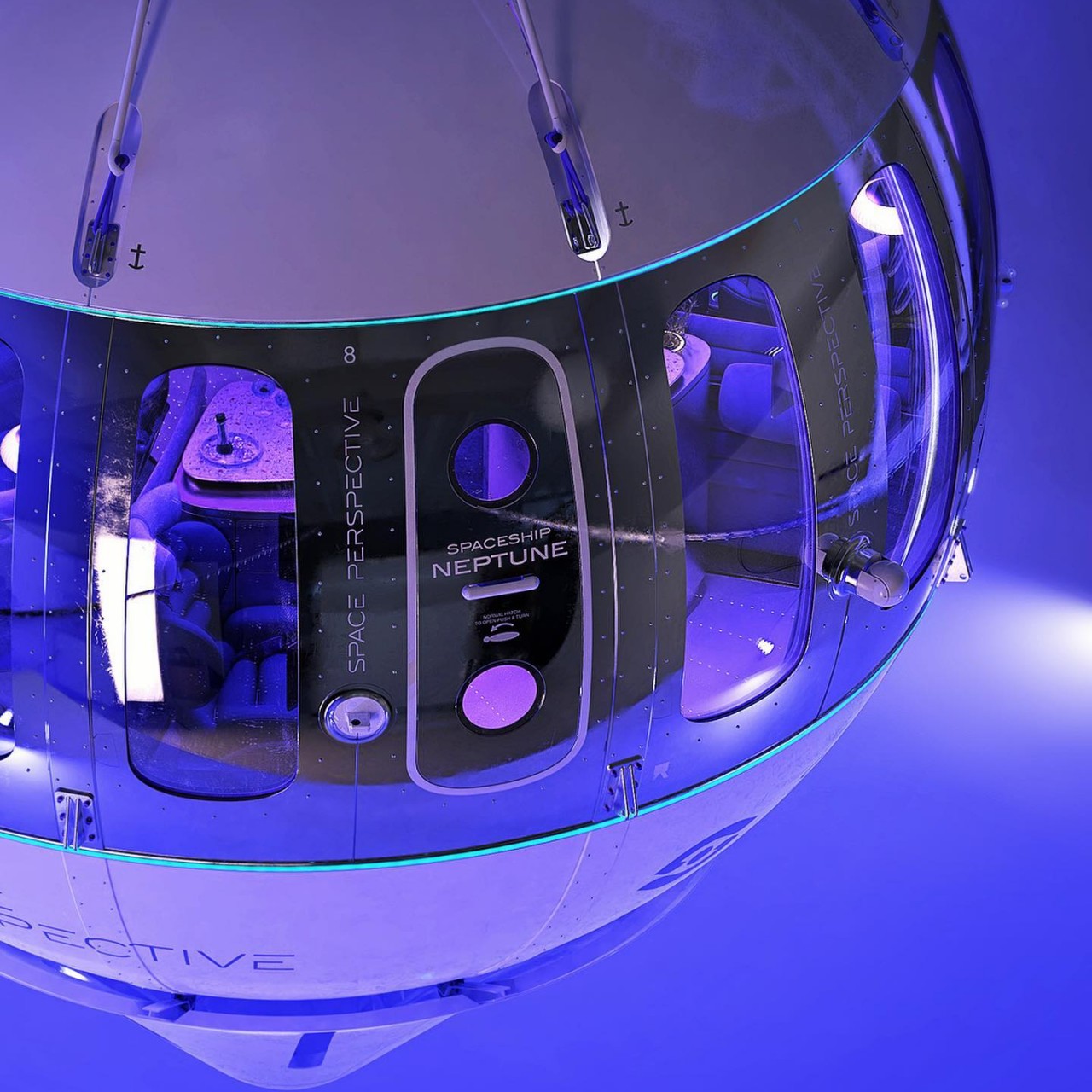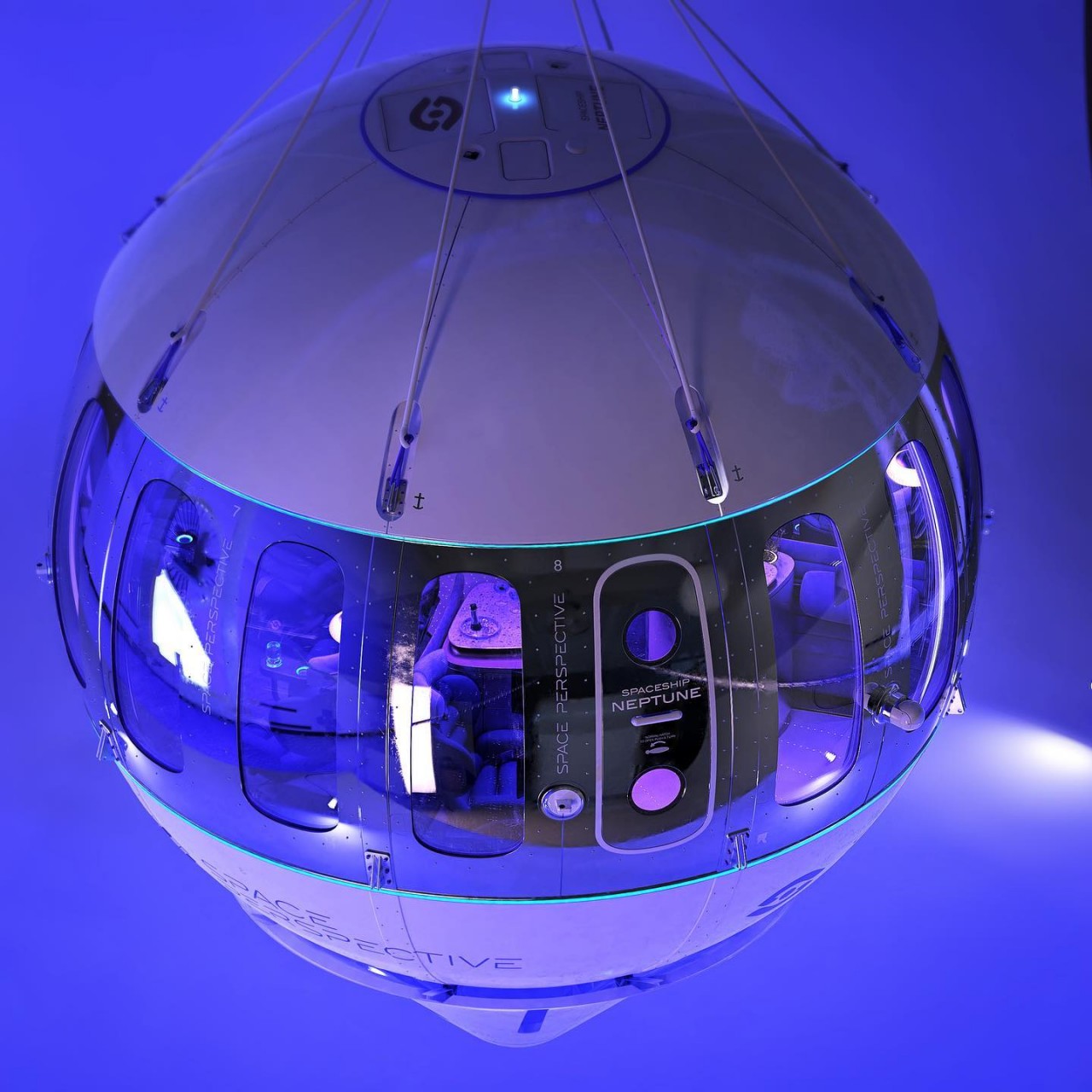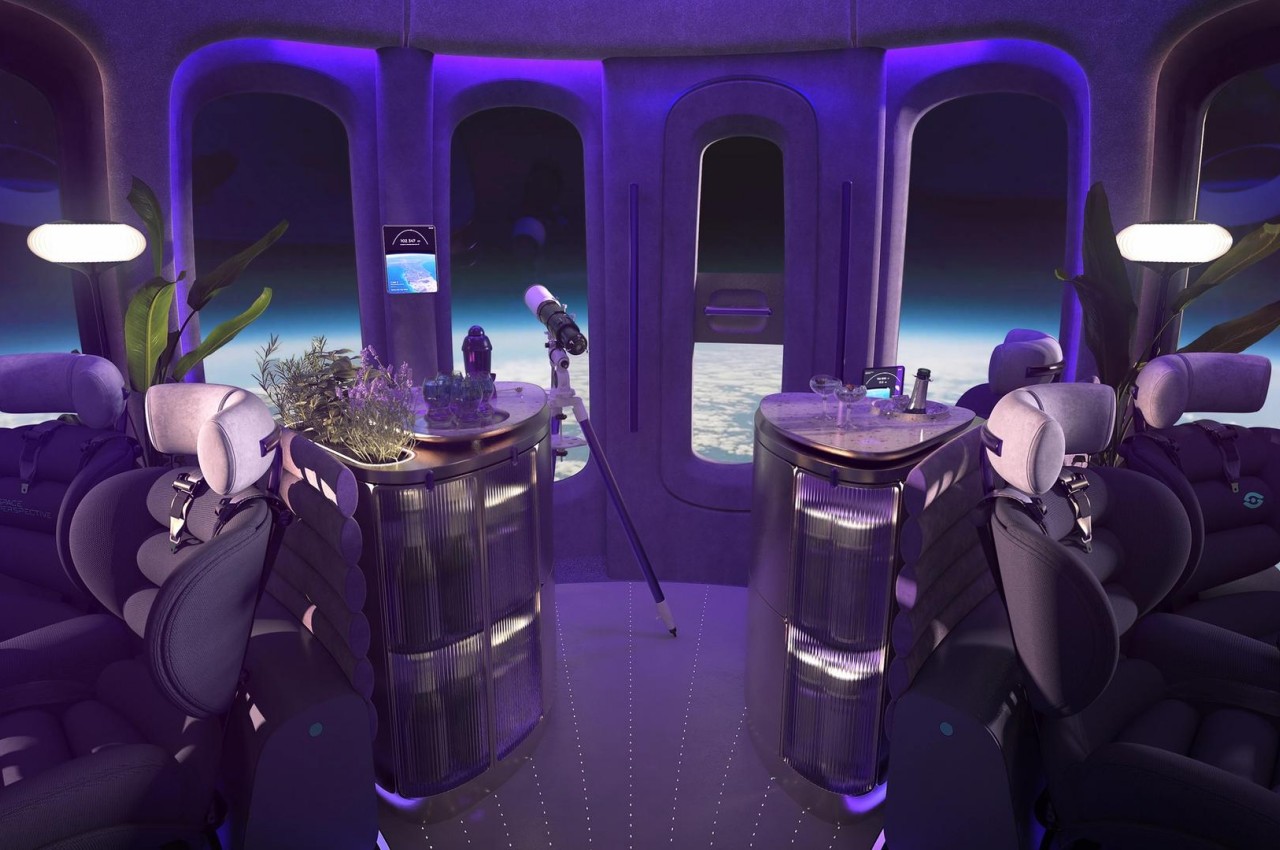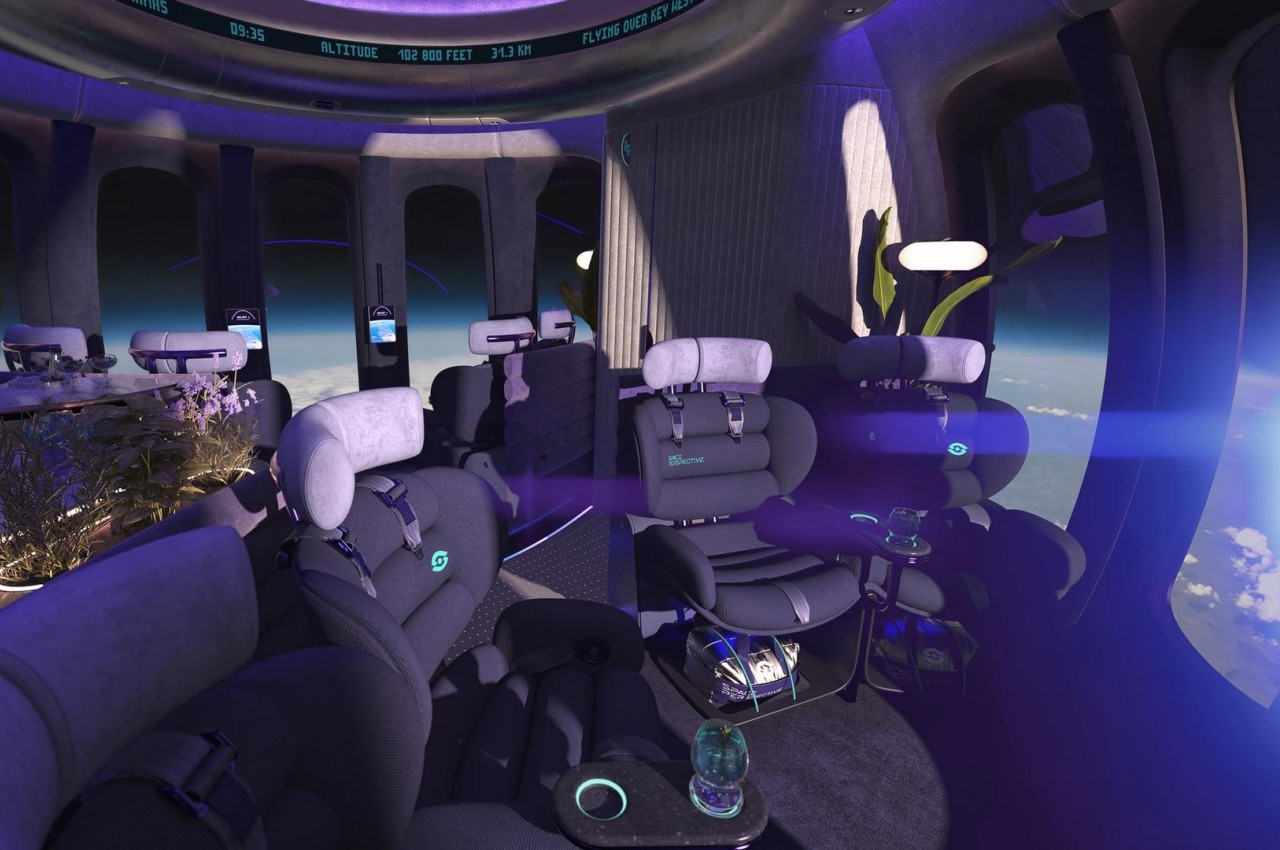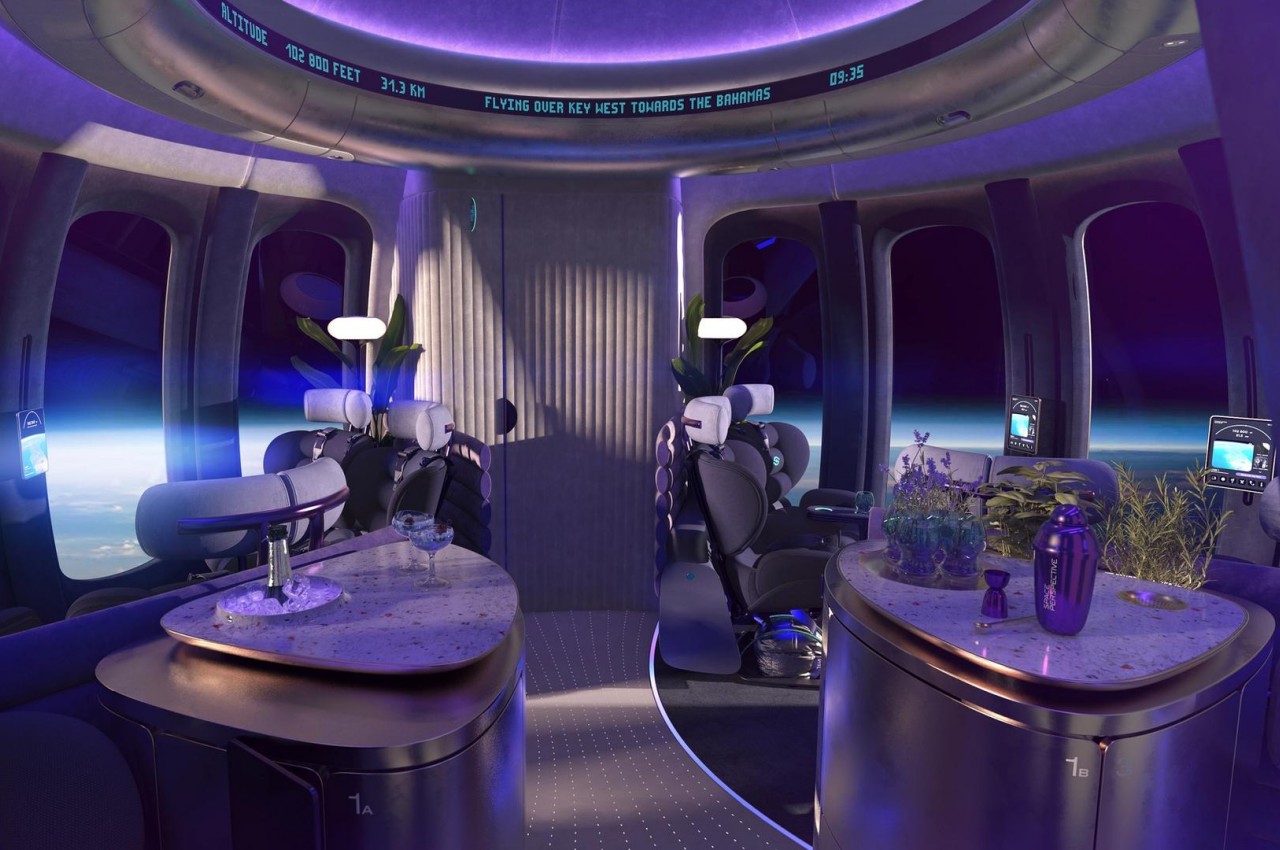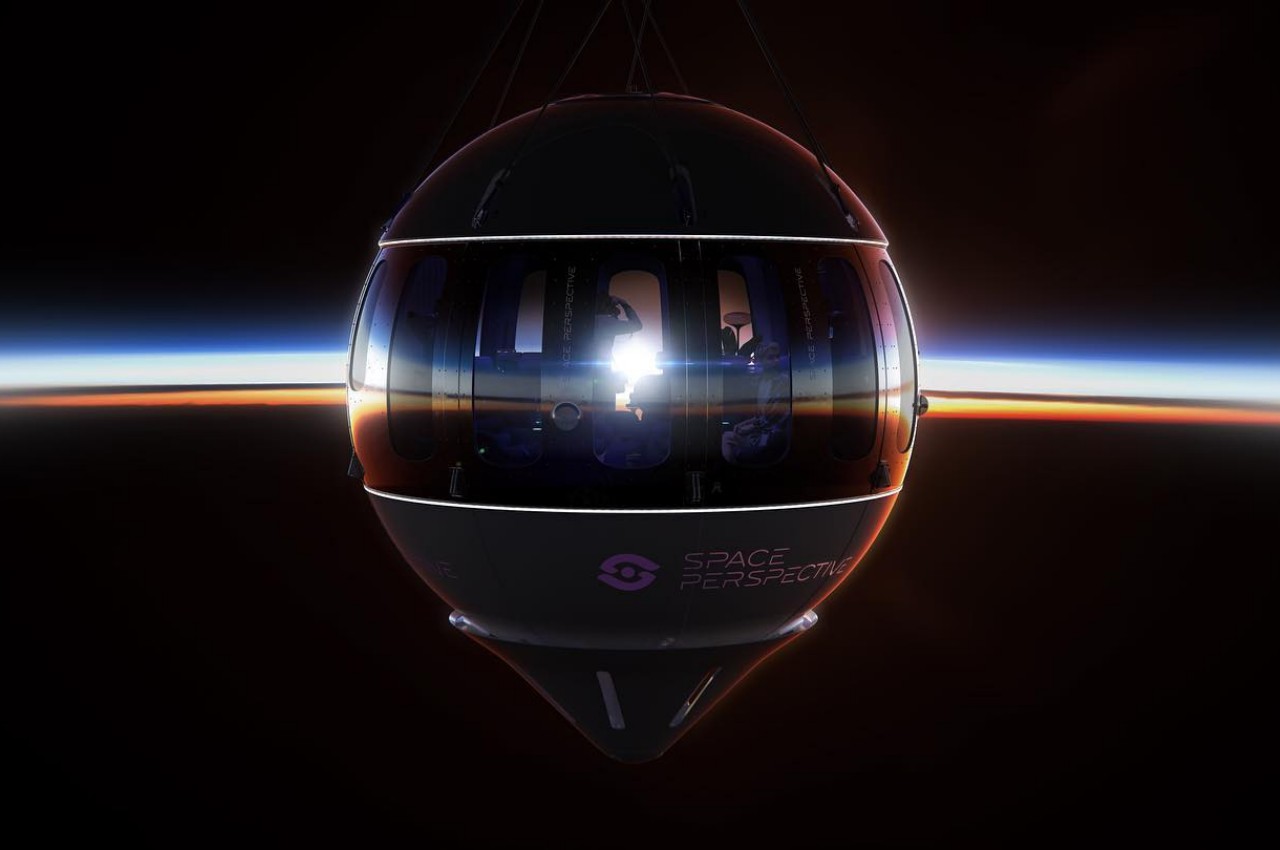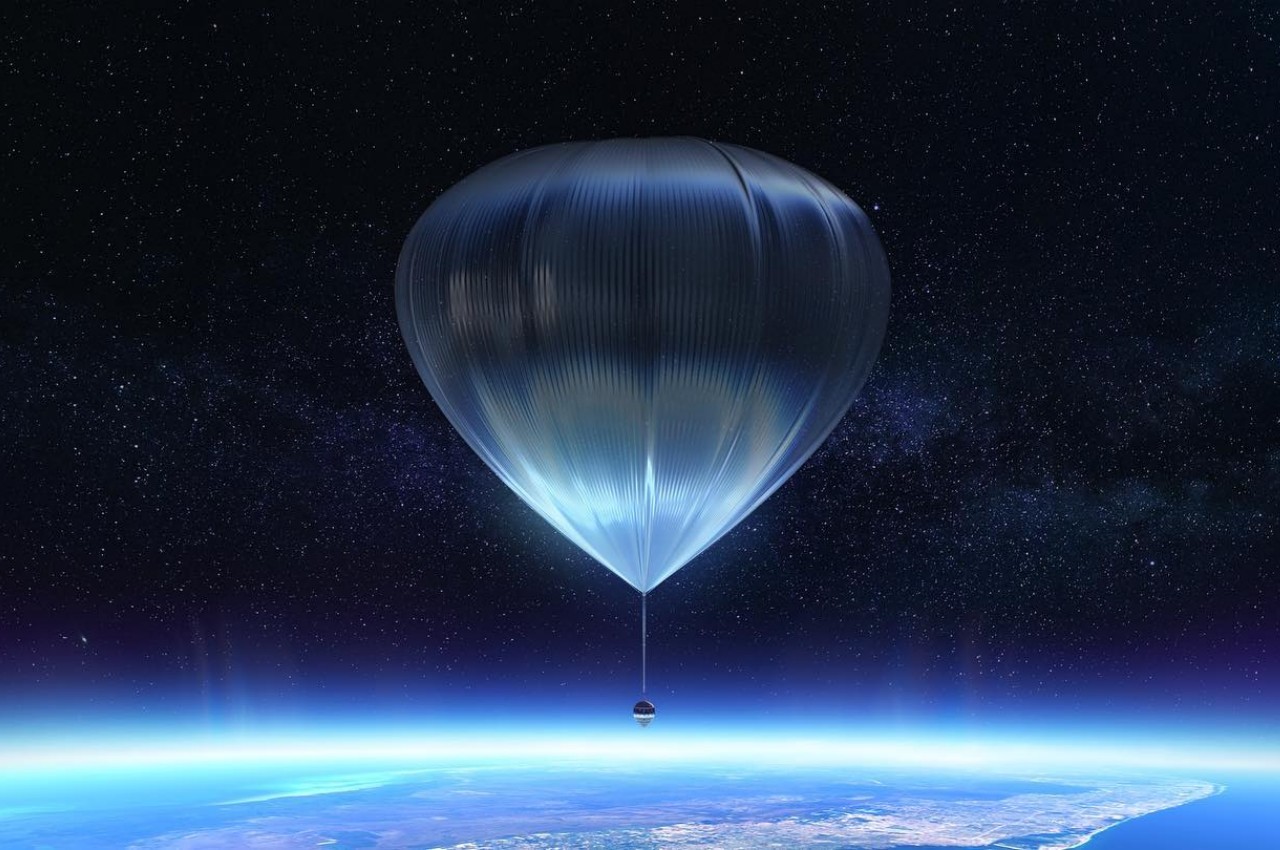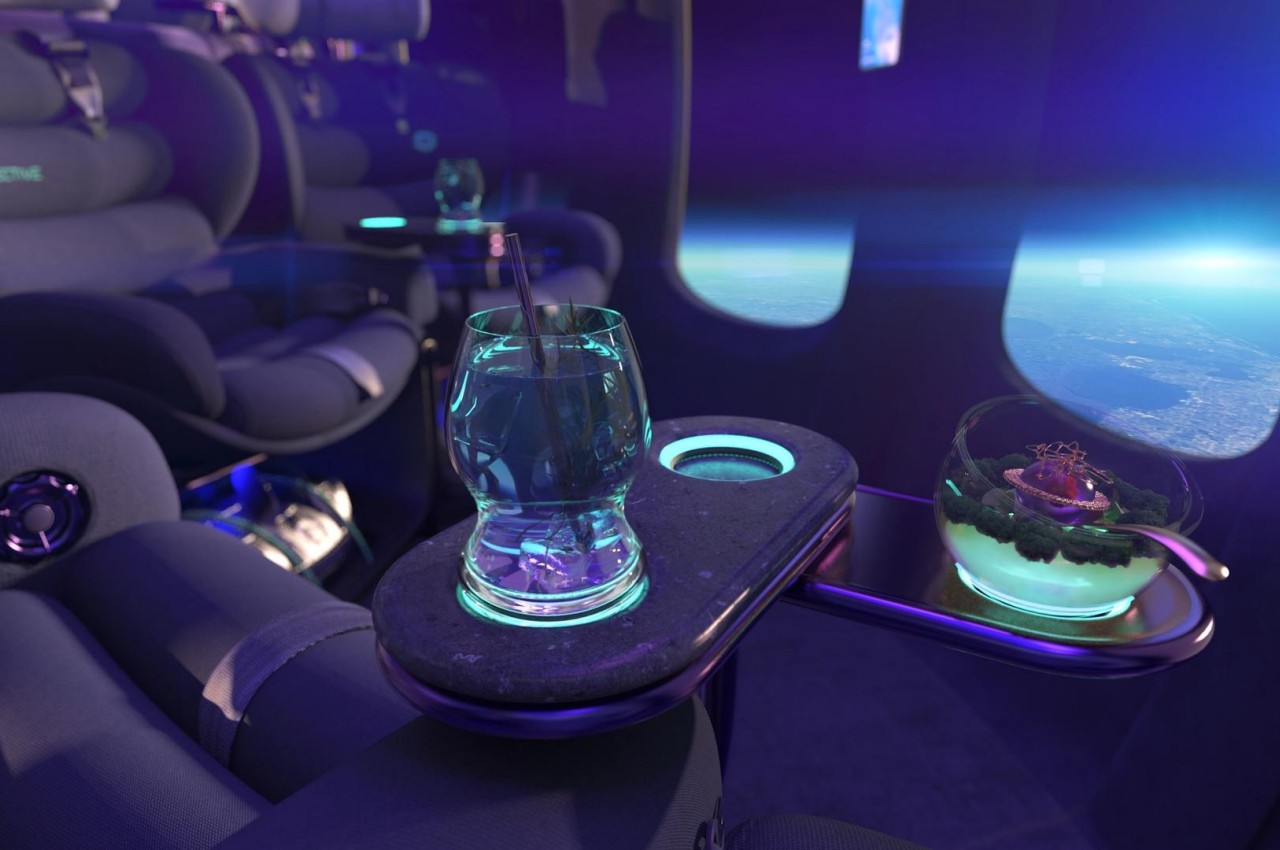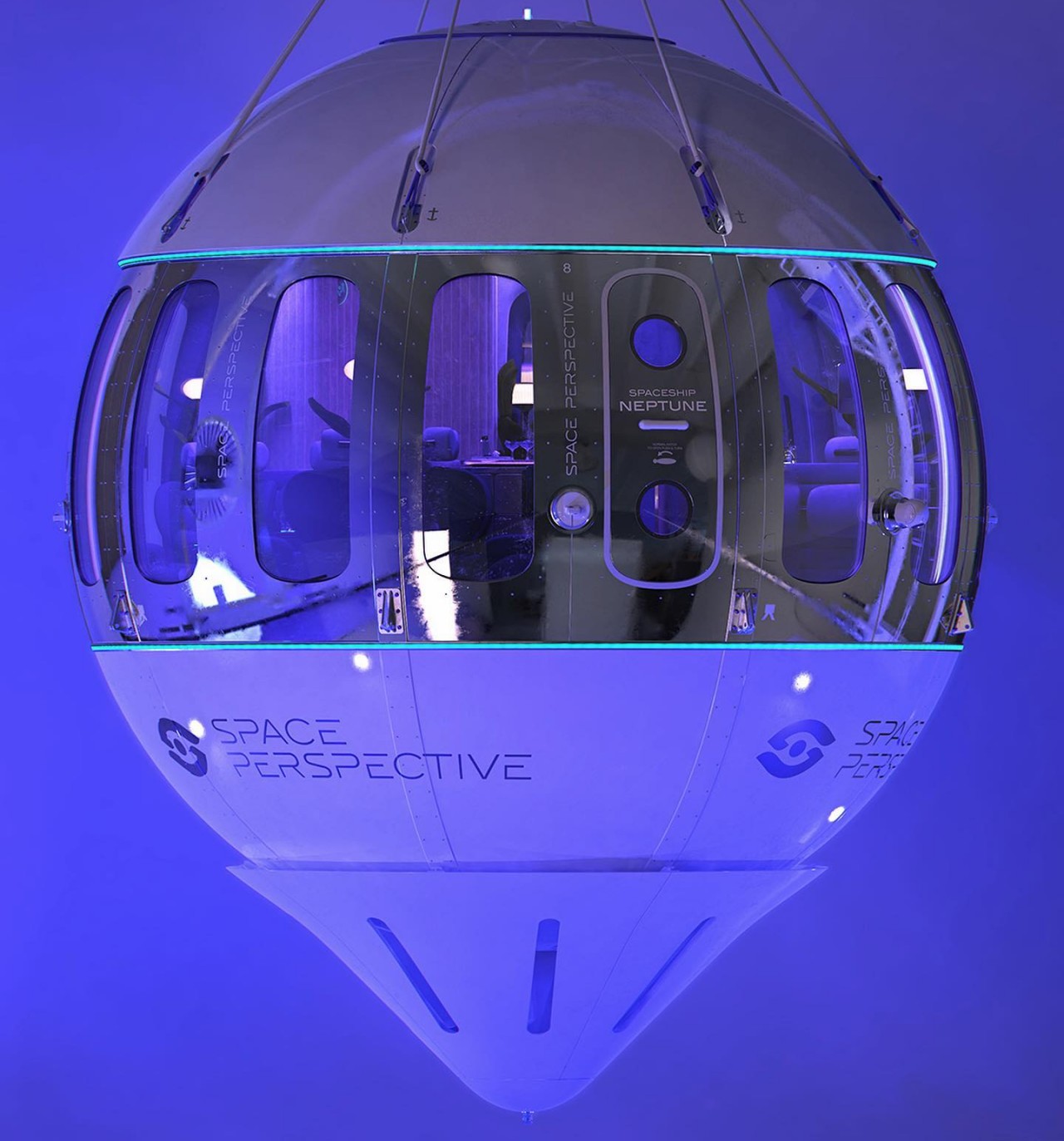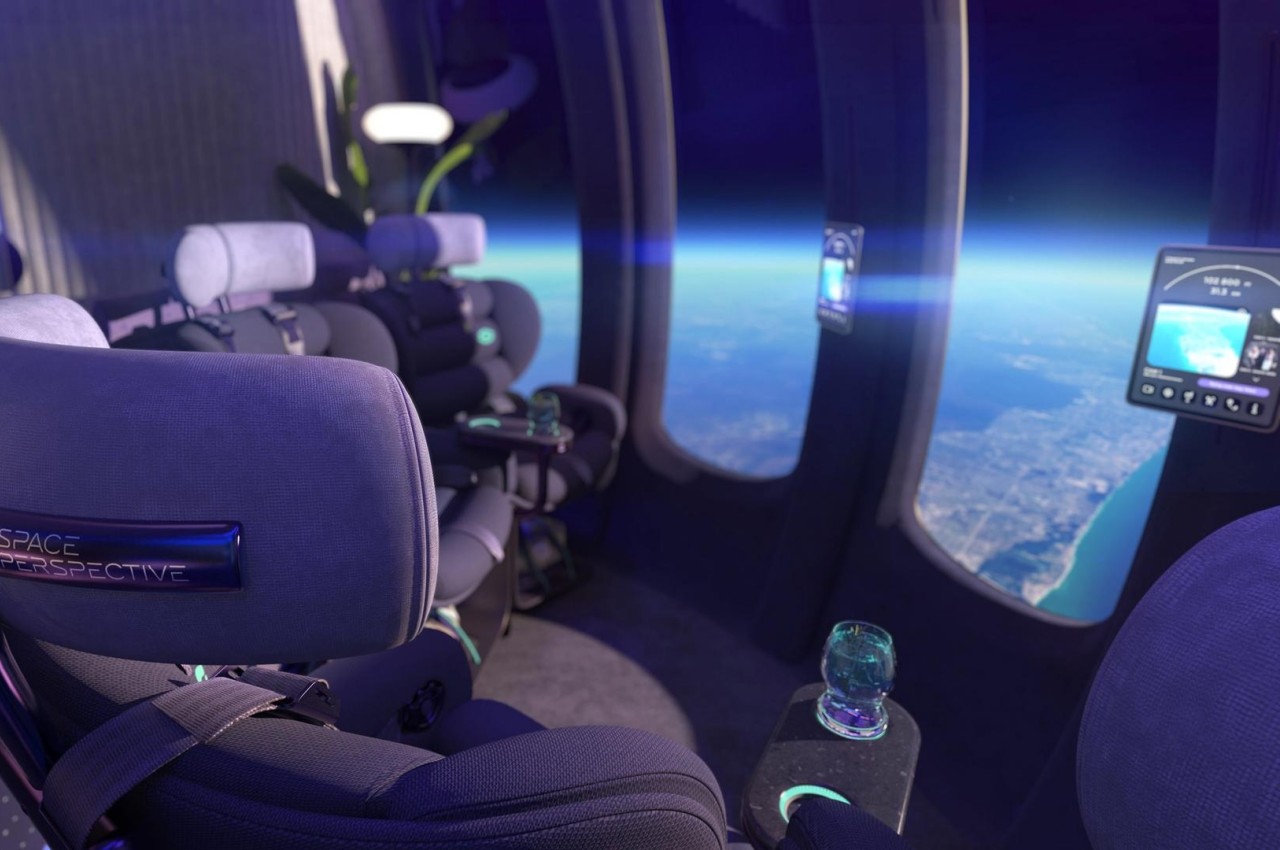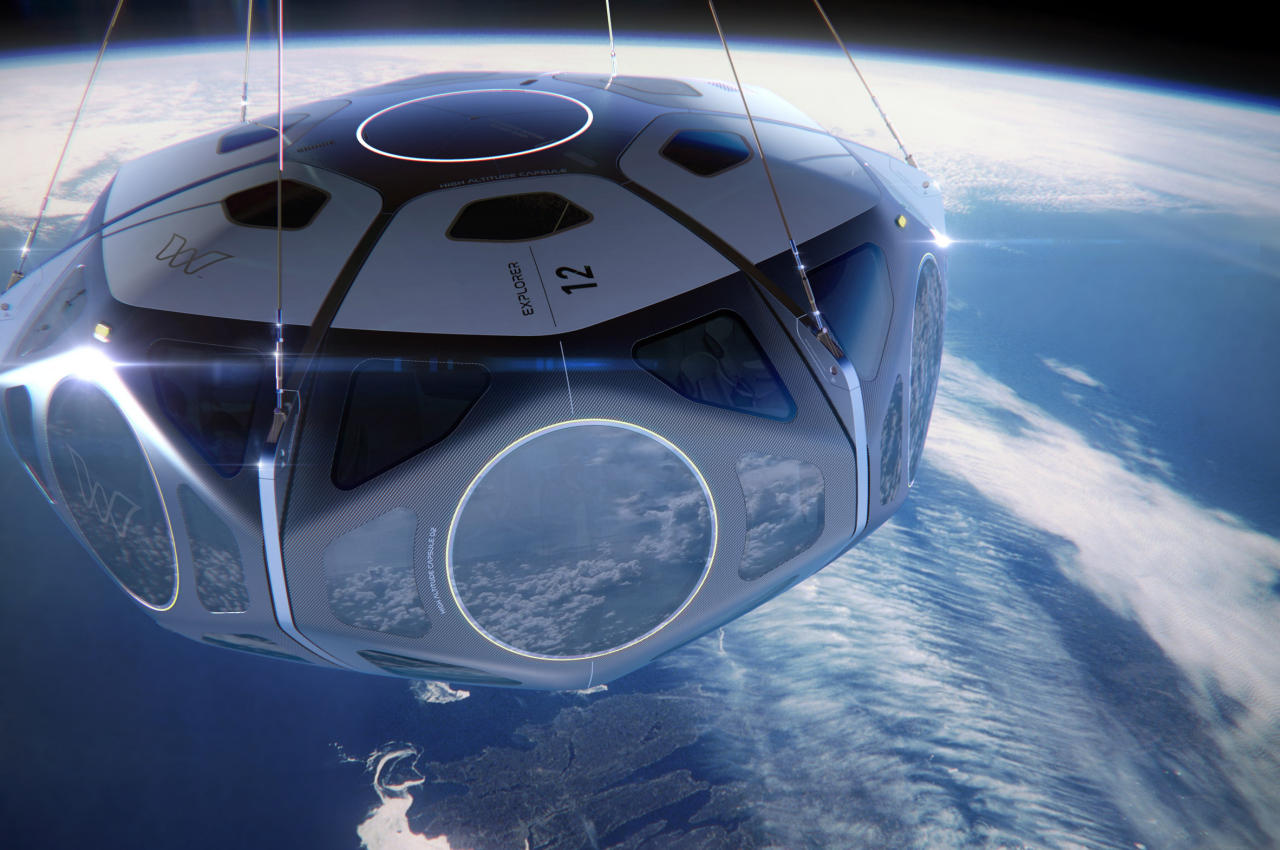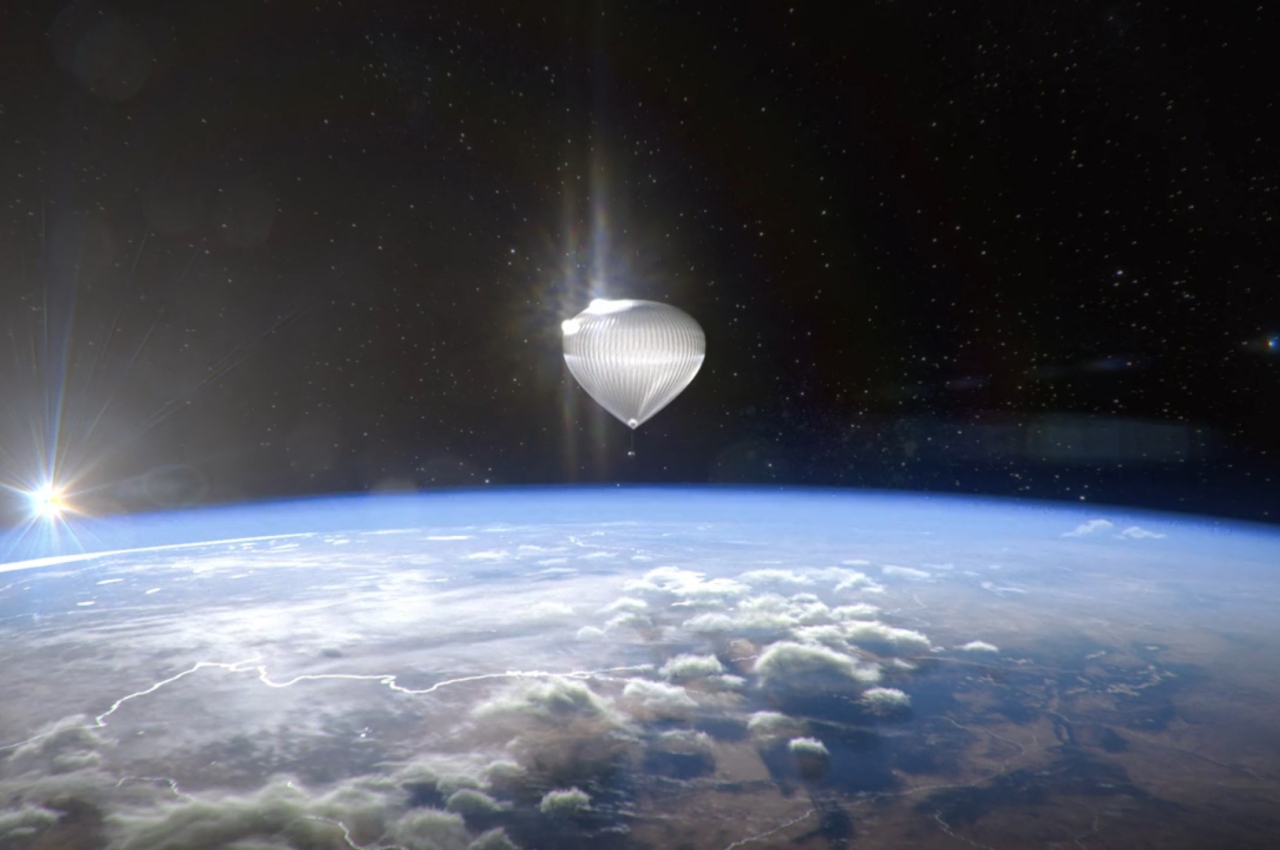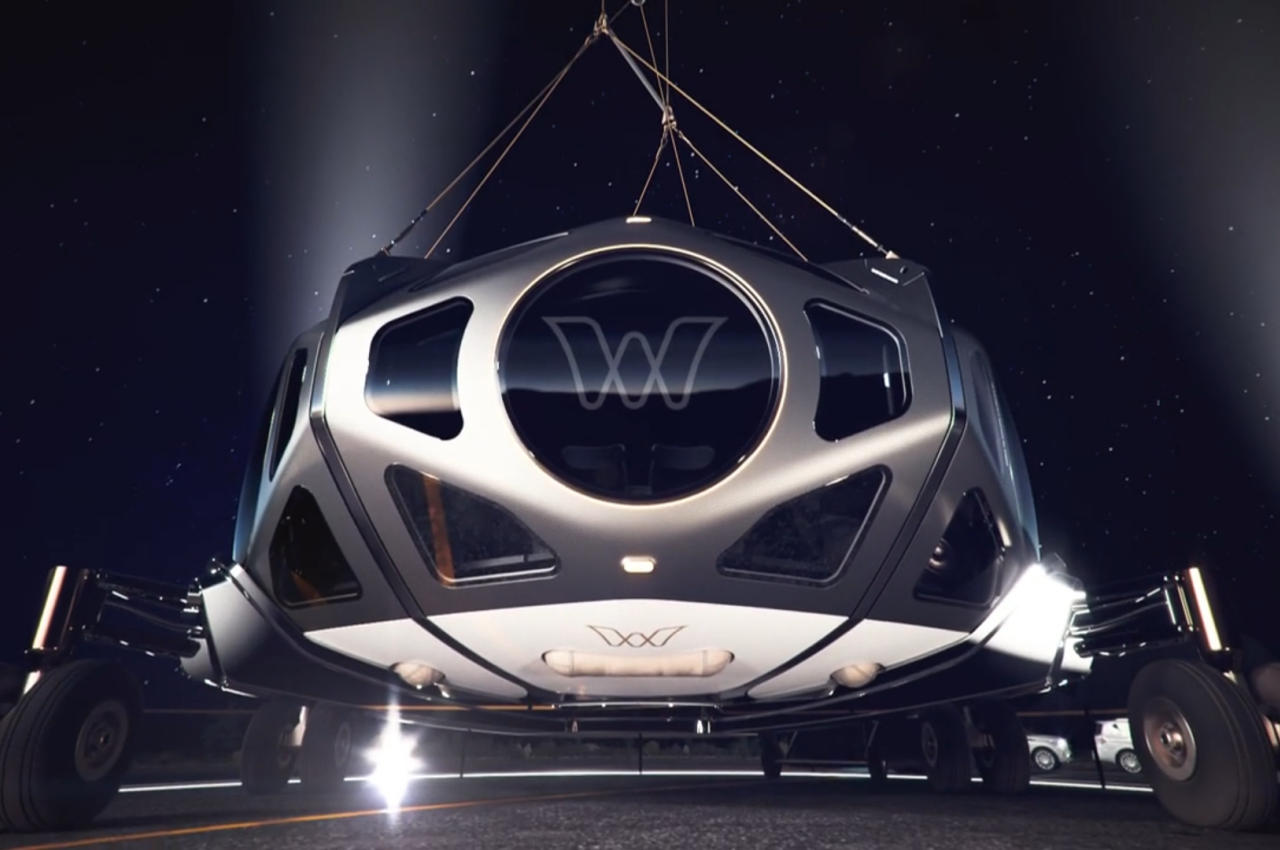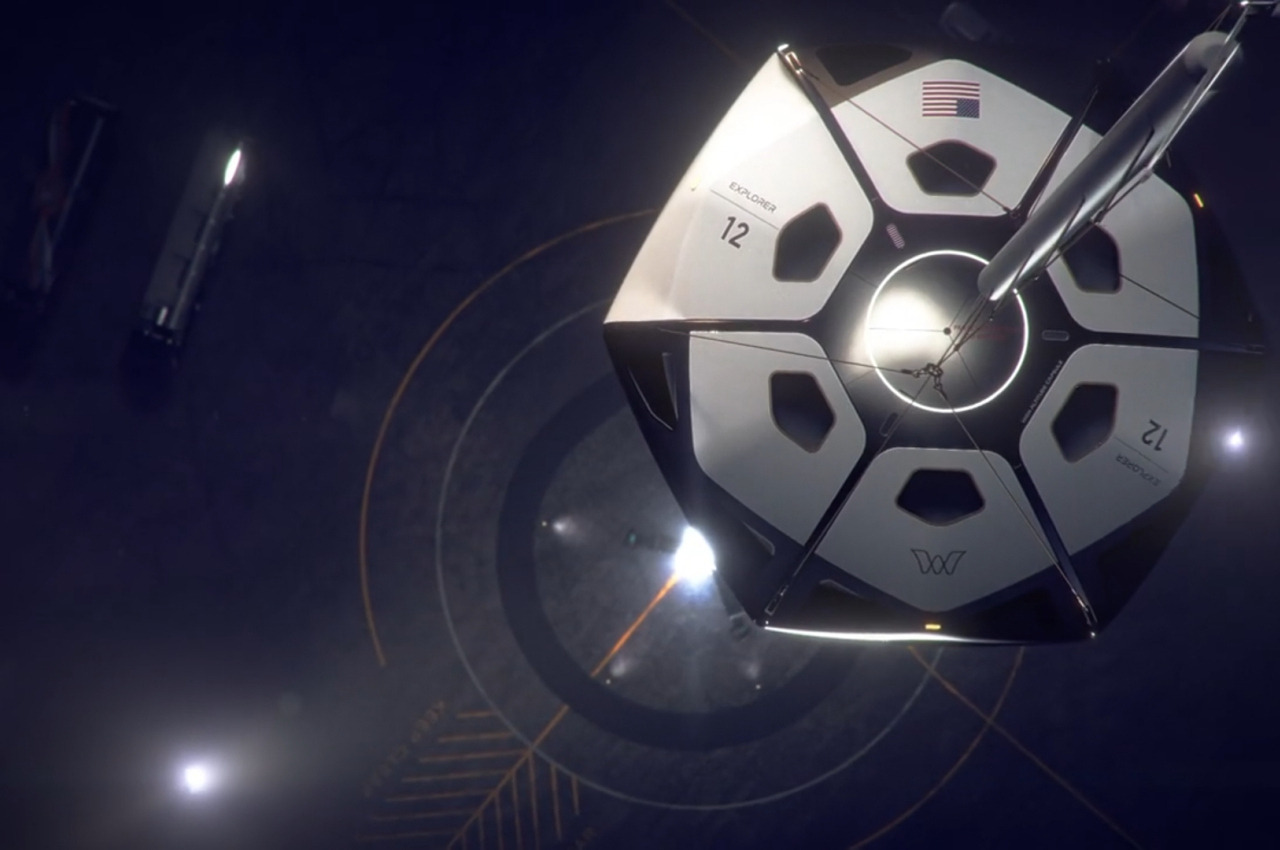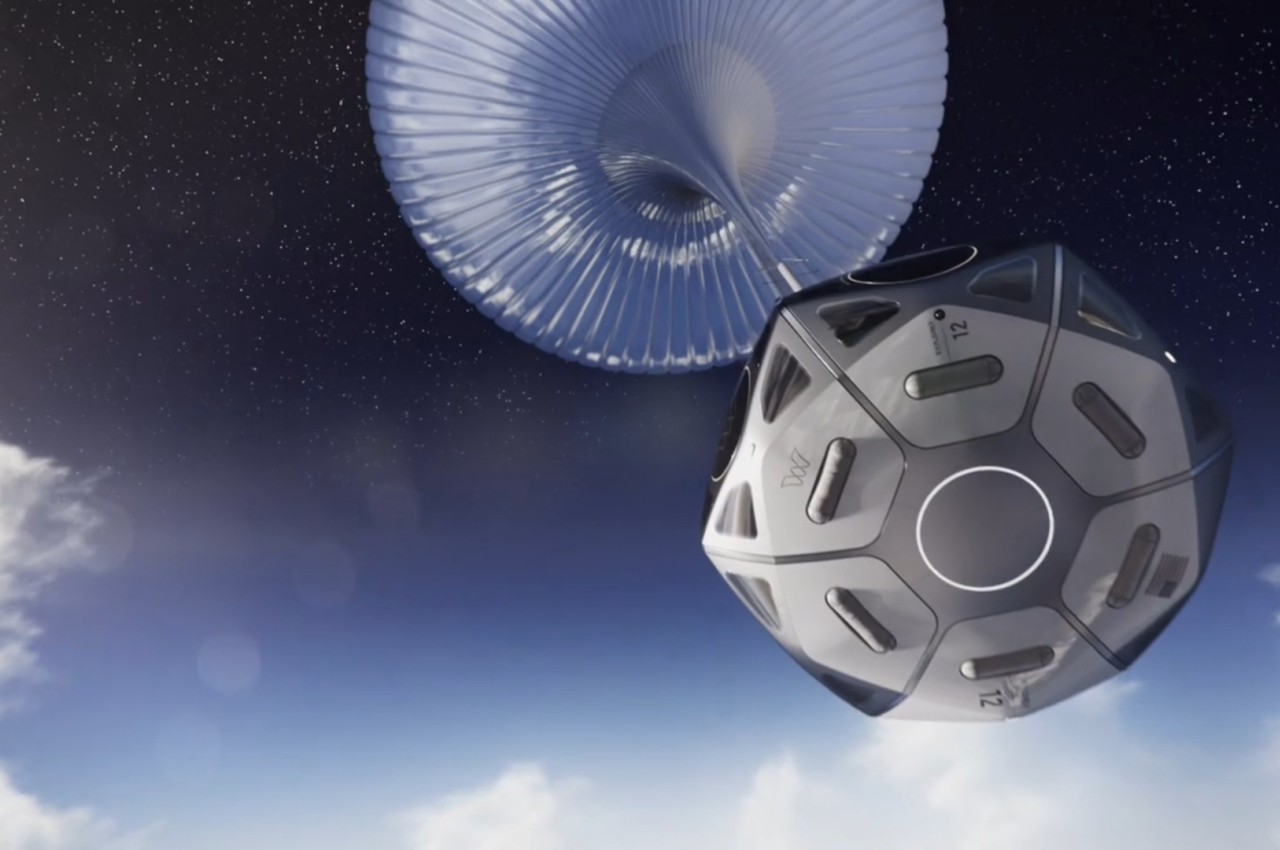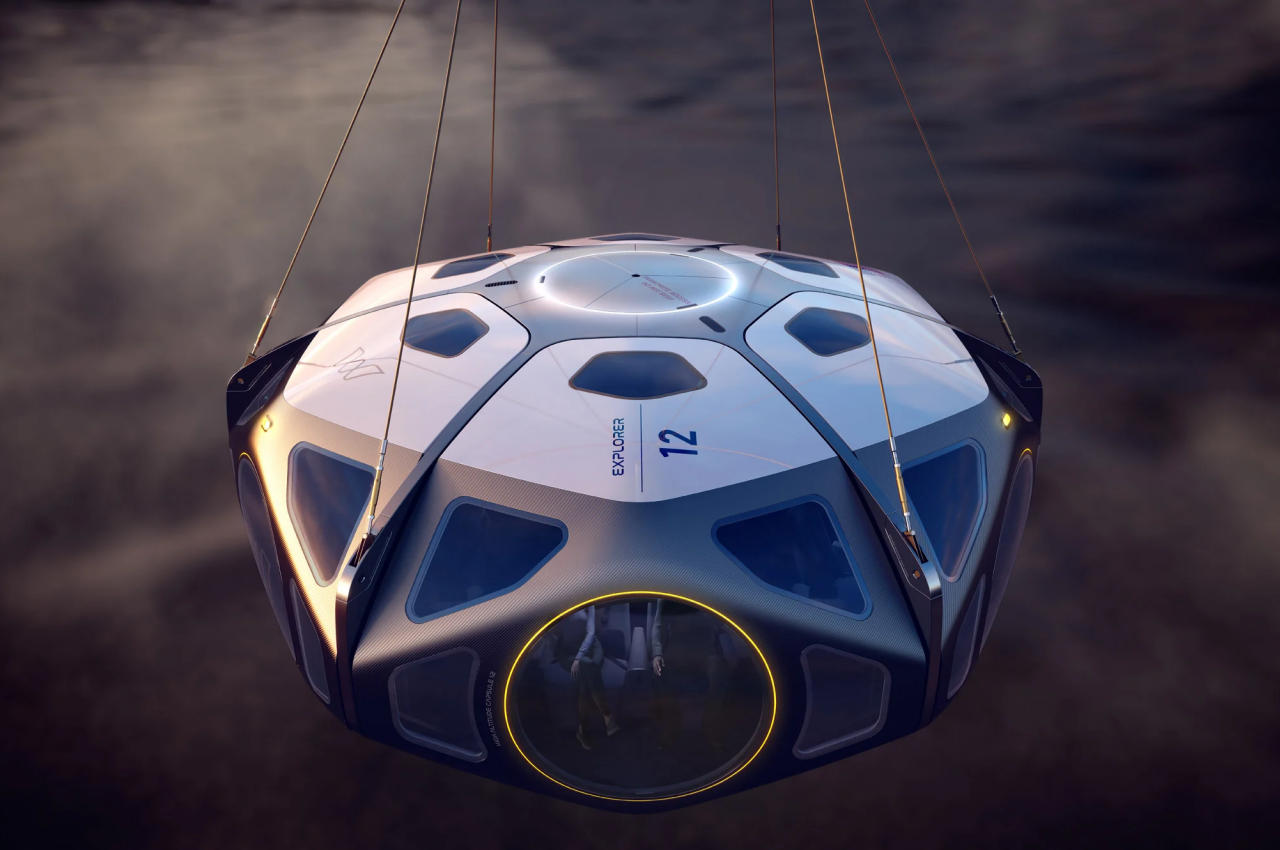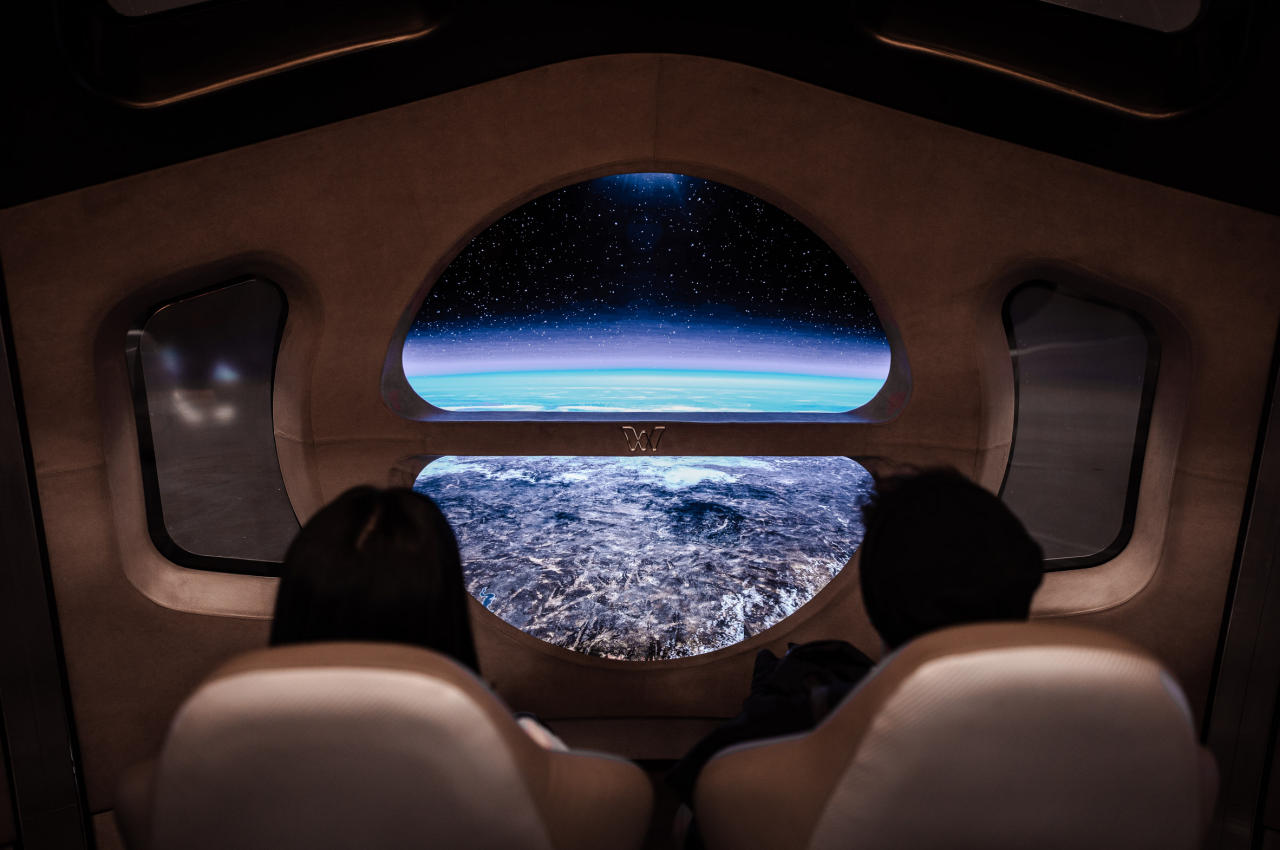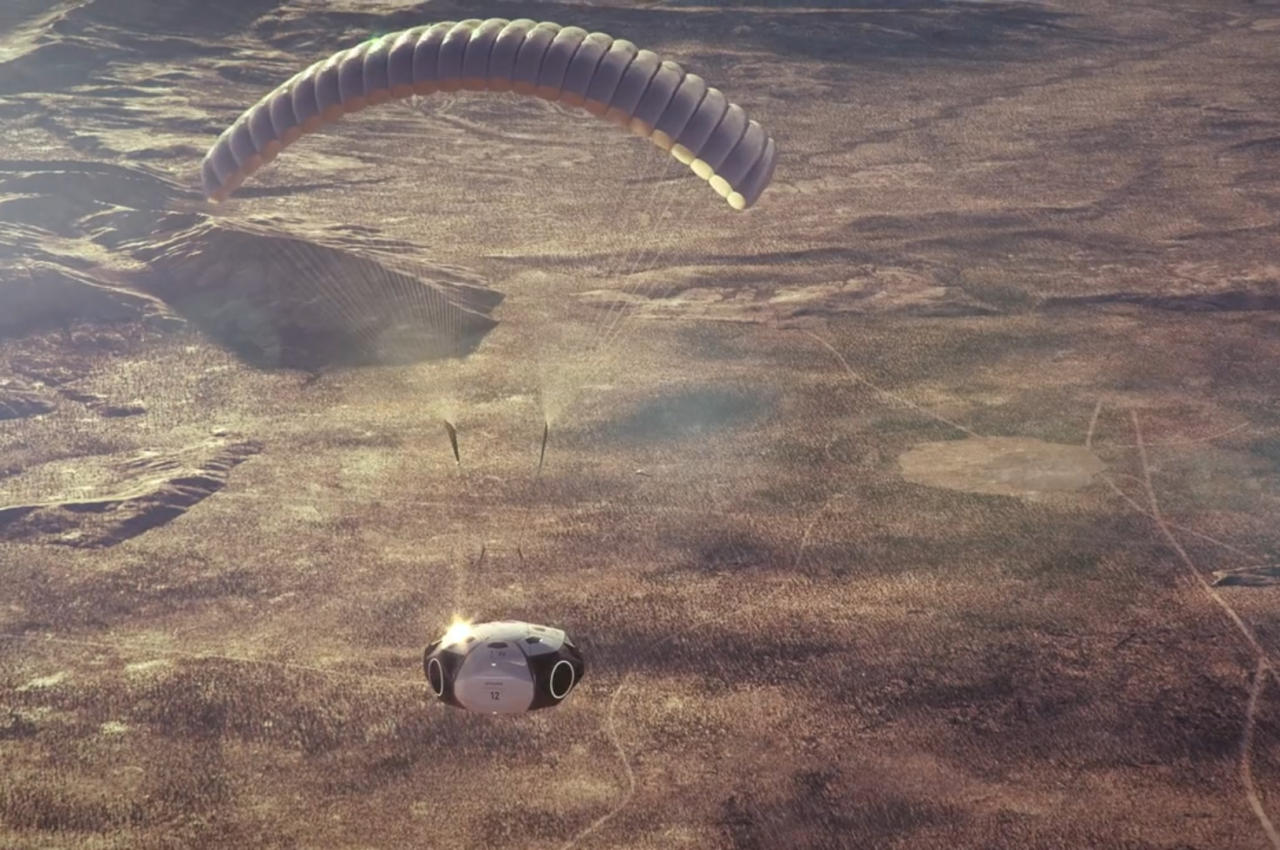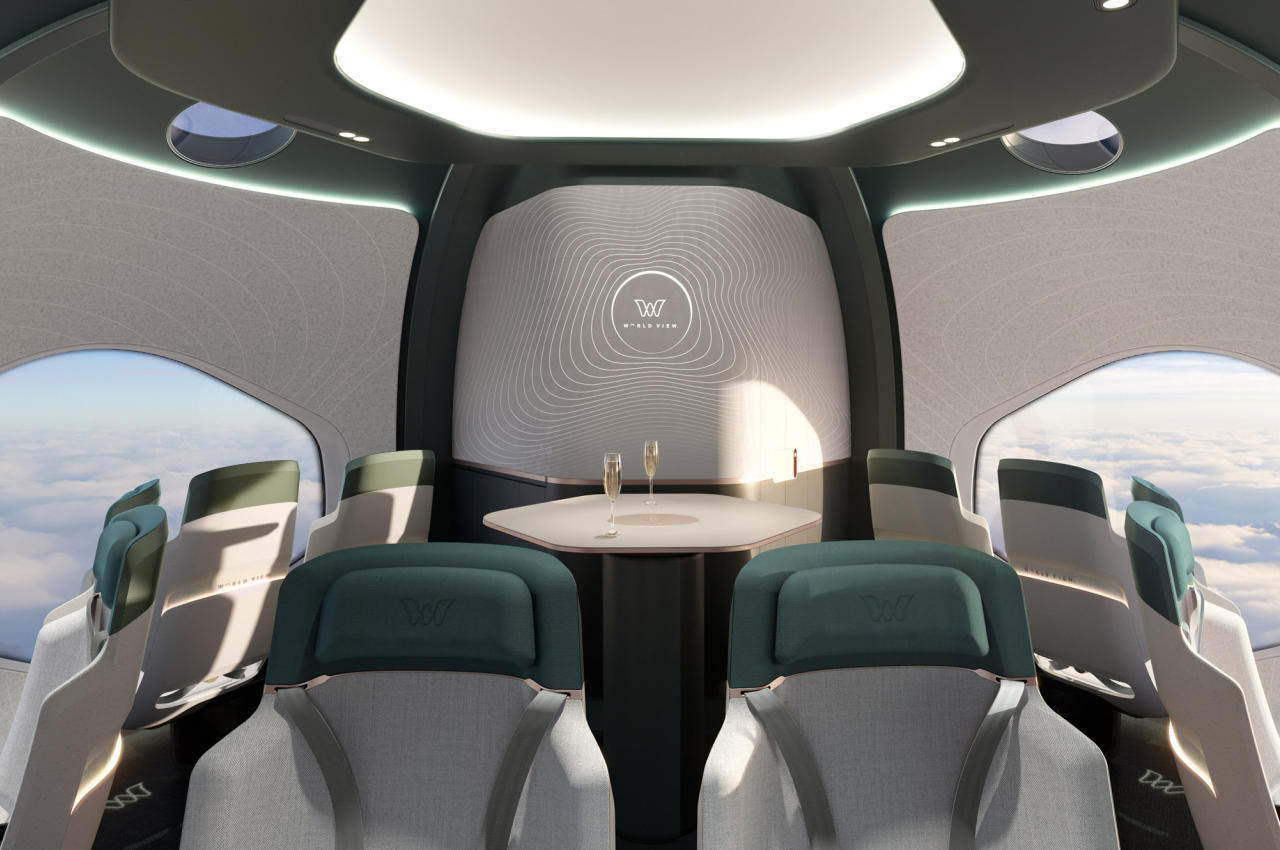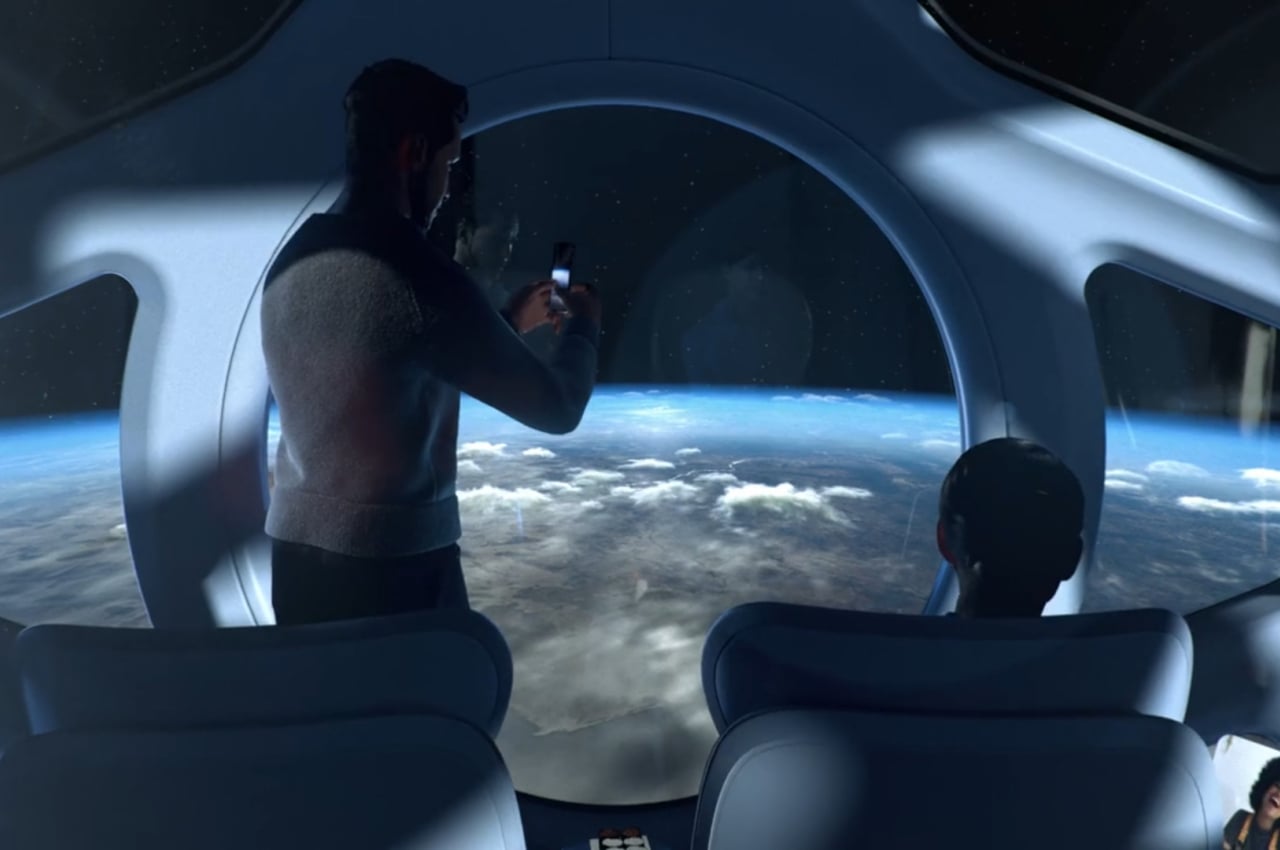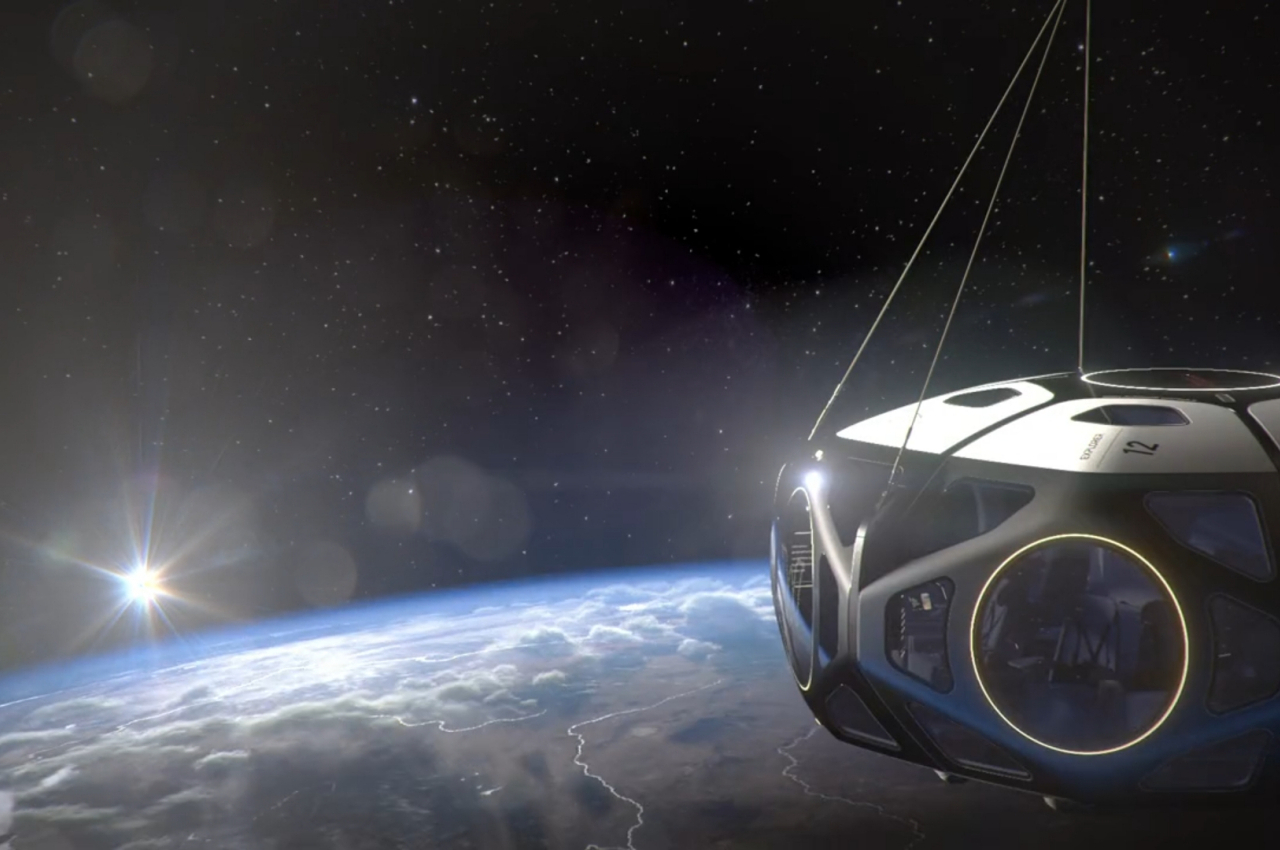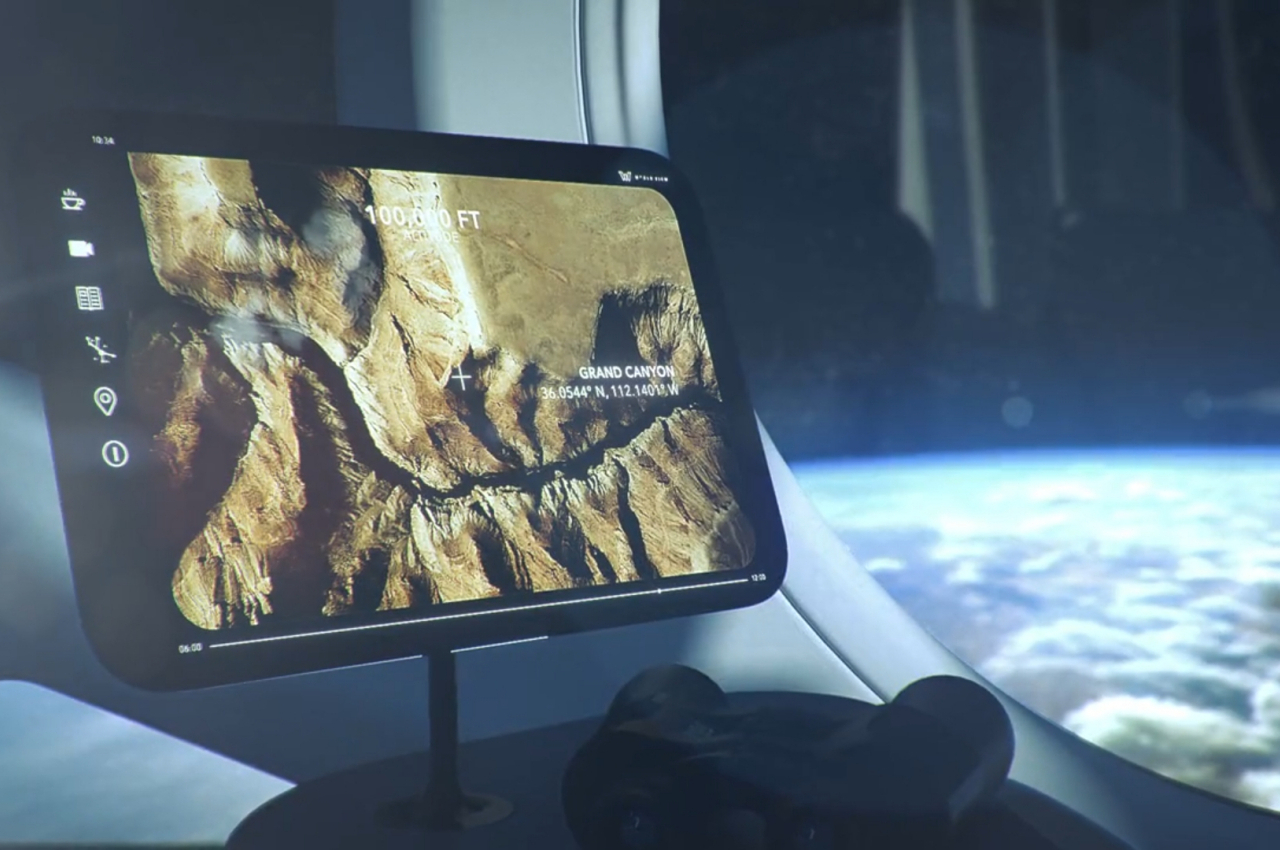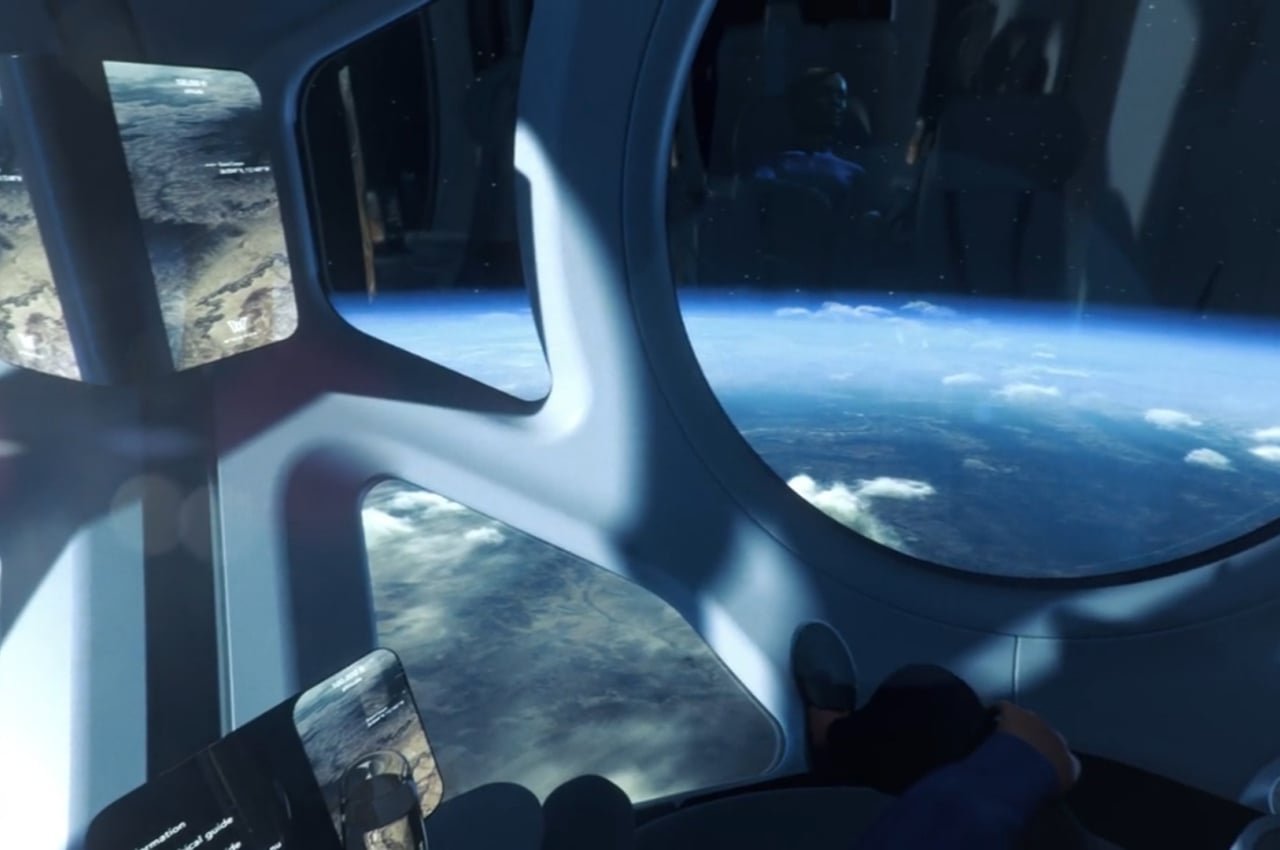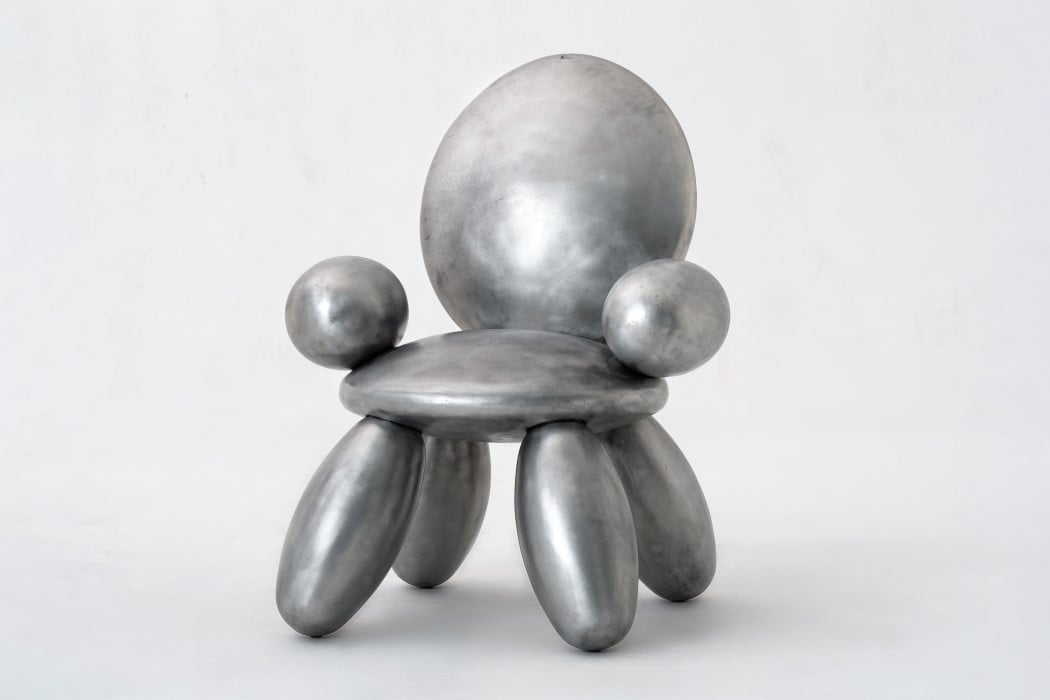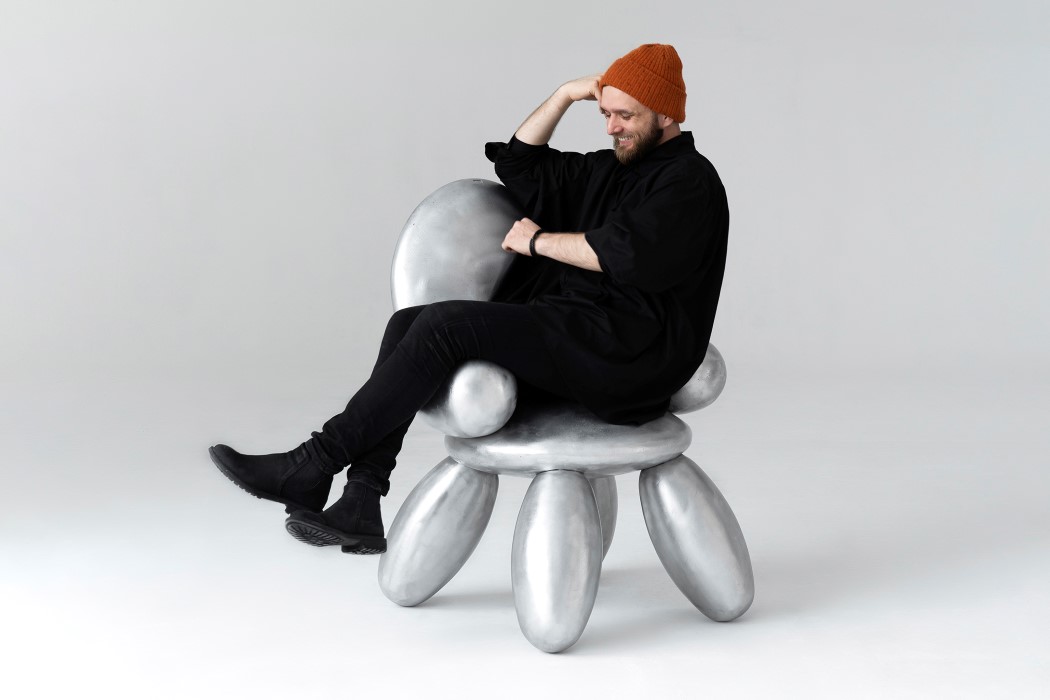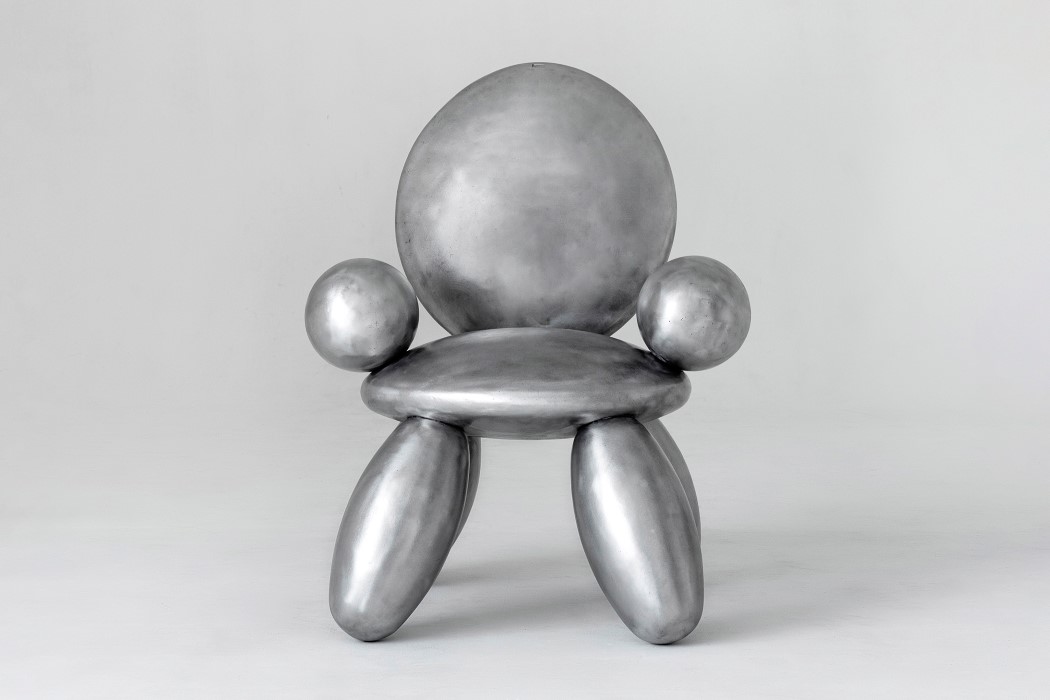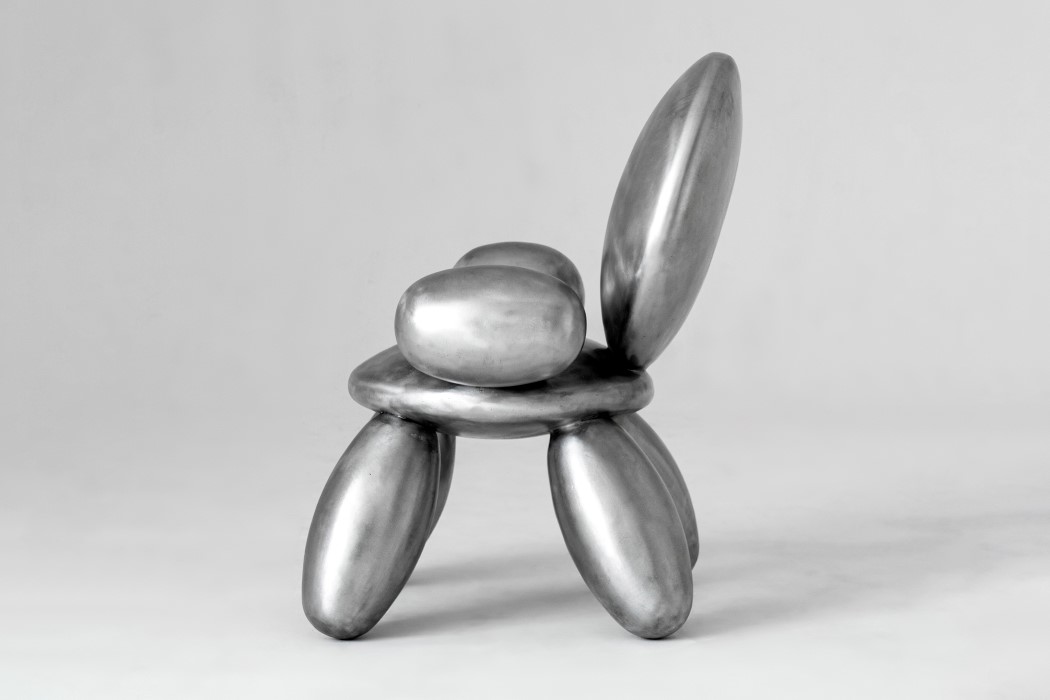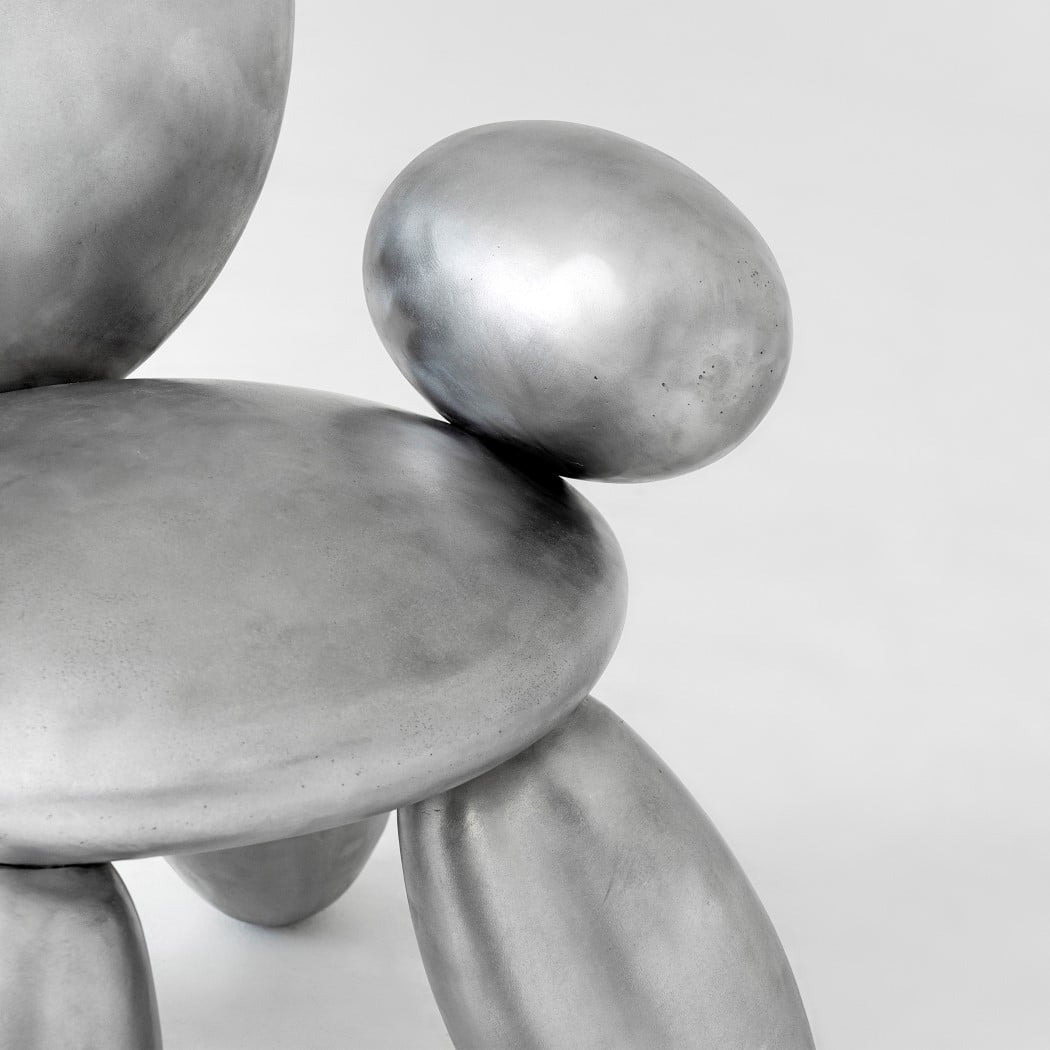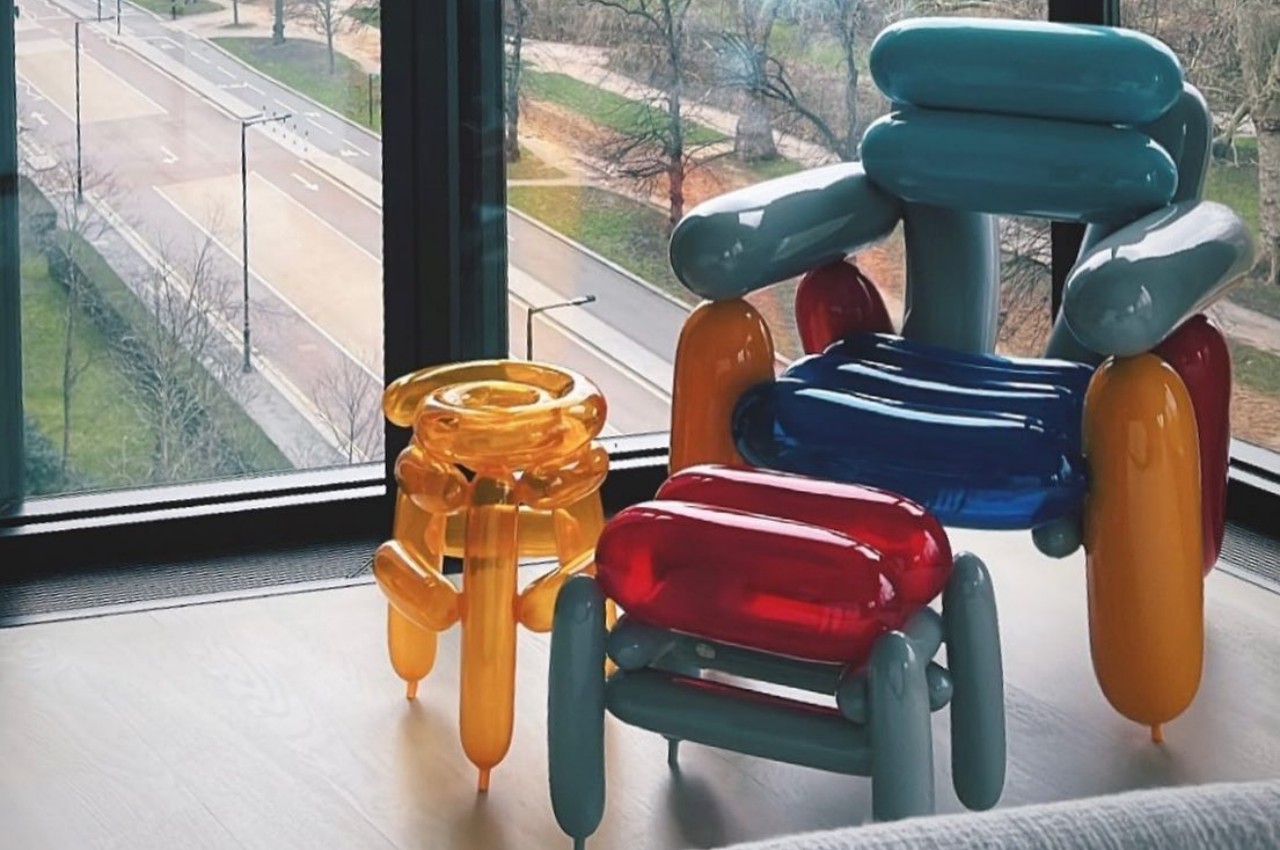
Chairs, stools, and couches come in all shapes and sizes, but they are bound by a single hard requirement. They must be stable enough and sturdy enough so that people can sit on them with confidence that they won’t fall on their butts when they least expect it. Some seats put that requirement at the heart of their visual design, exuding that stability and durability simply by the way they look. Others, on the other hand, try to trick the mind by presenting what is almost like an optical illusion, making a sofa float in mid-air without making you crash to the ground. This striking collection of chairs and seats straddle the fine line between these two, offering furniture that seems to be structurally sound yet fragile enough to pop and burst at the slightest touch.
Designer: Seungjin Yang
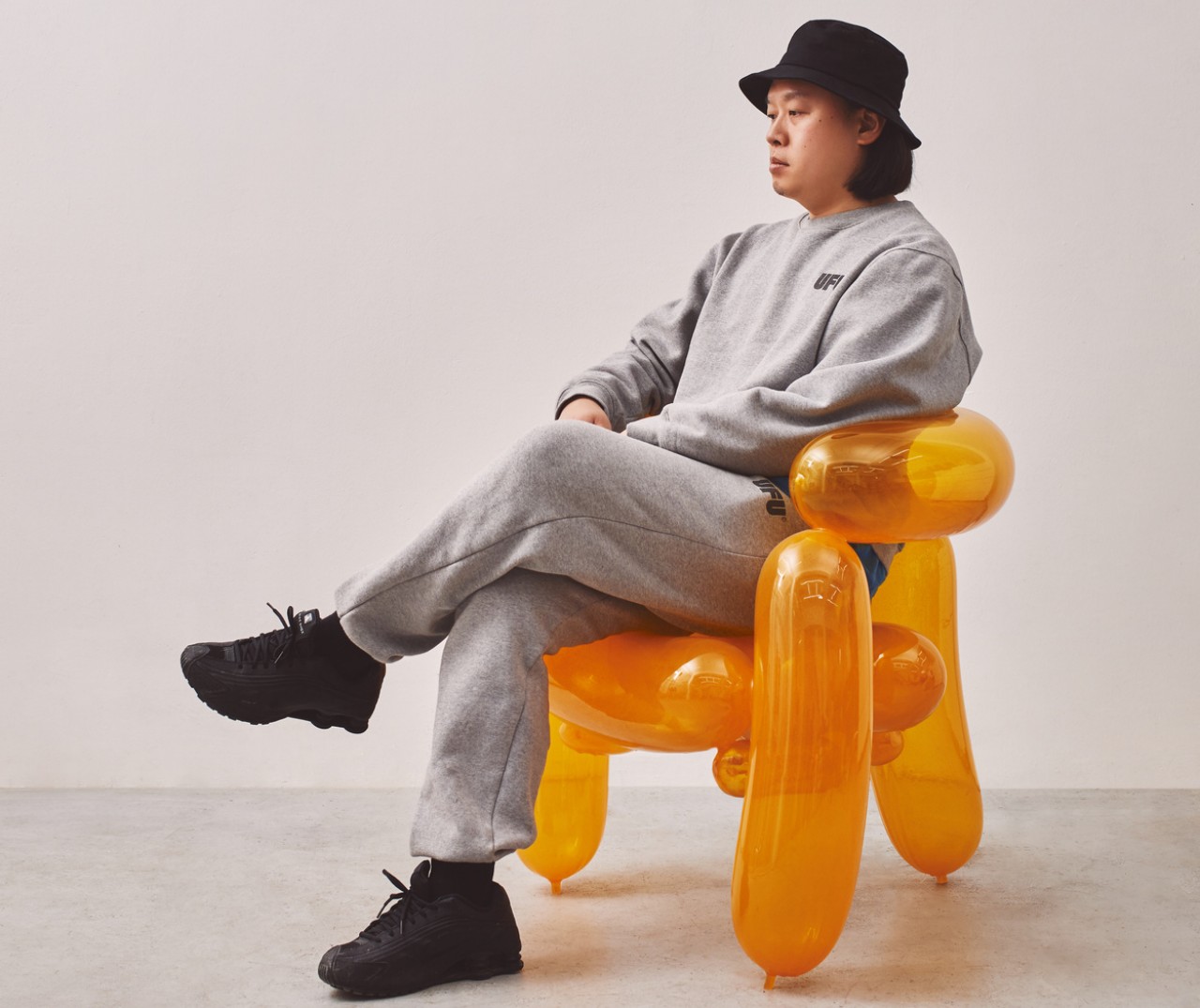
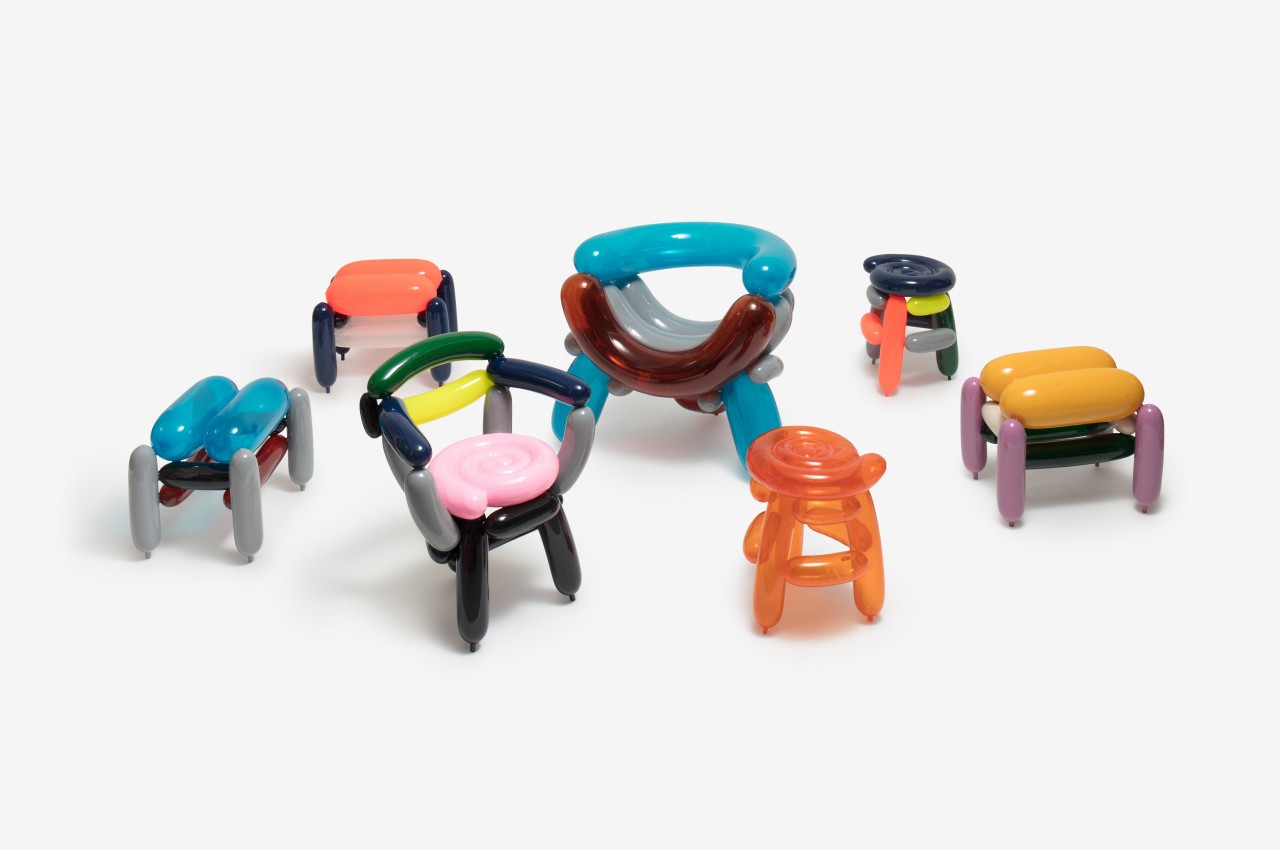
There is something about balloons that bring out the inner child in us. Even grownups still find something fascinating about balloons twisted into different shapes and creatures. A balloon dog made of metal steel even became a famed designer Jeff Koons’ iconic signature. Balloons’ often shiny colors convey a sense of playfulness, while their round forms that encapsulate air almost give them an ephemeral character, two qualities you might not exactly associate with something that needs to be stable and sturdy, like chairs.
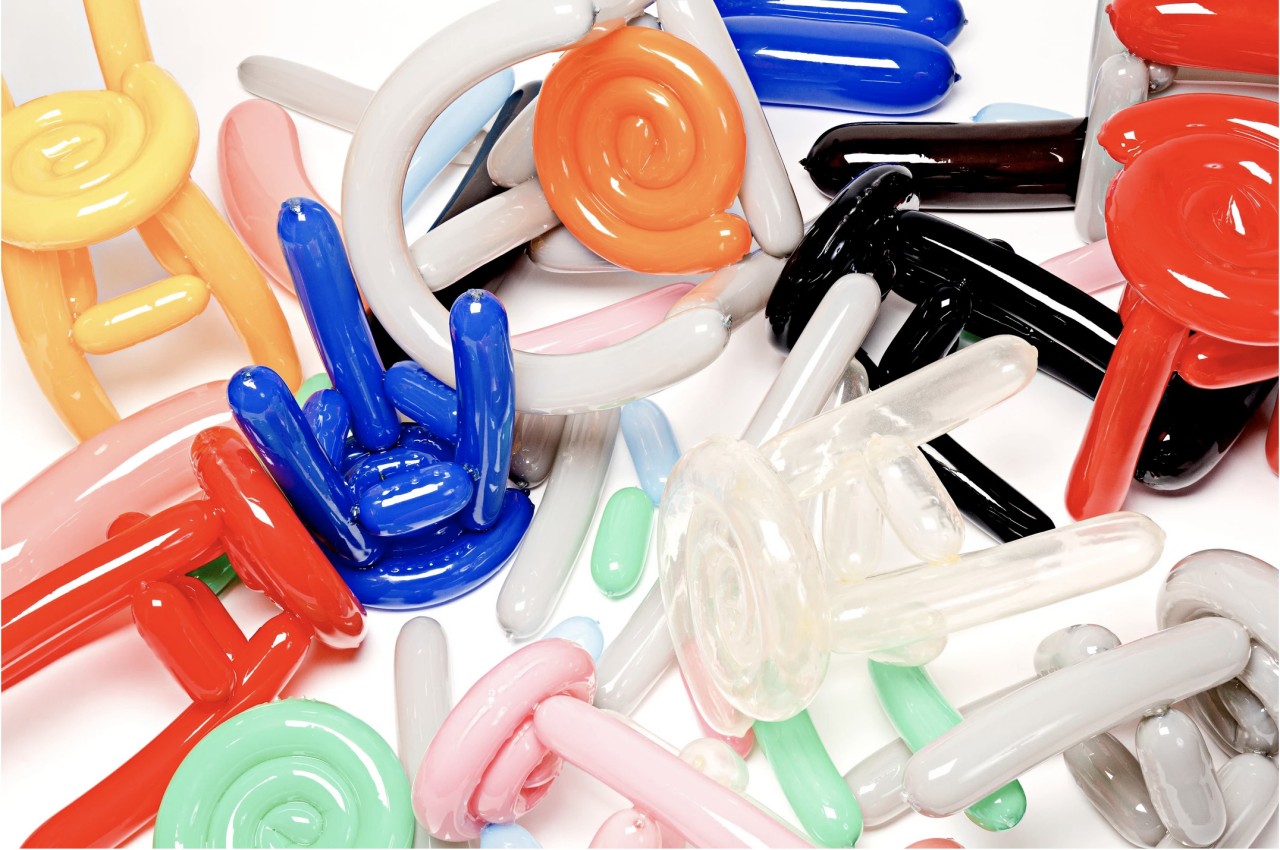
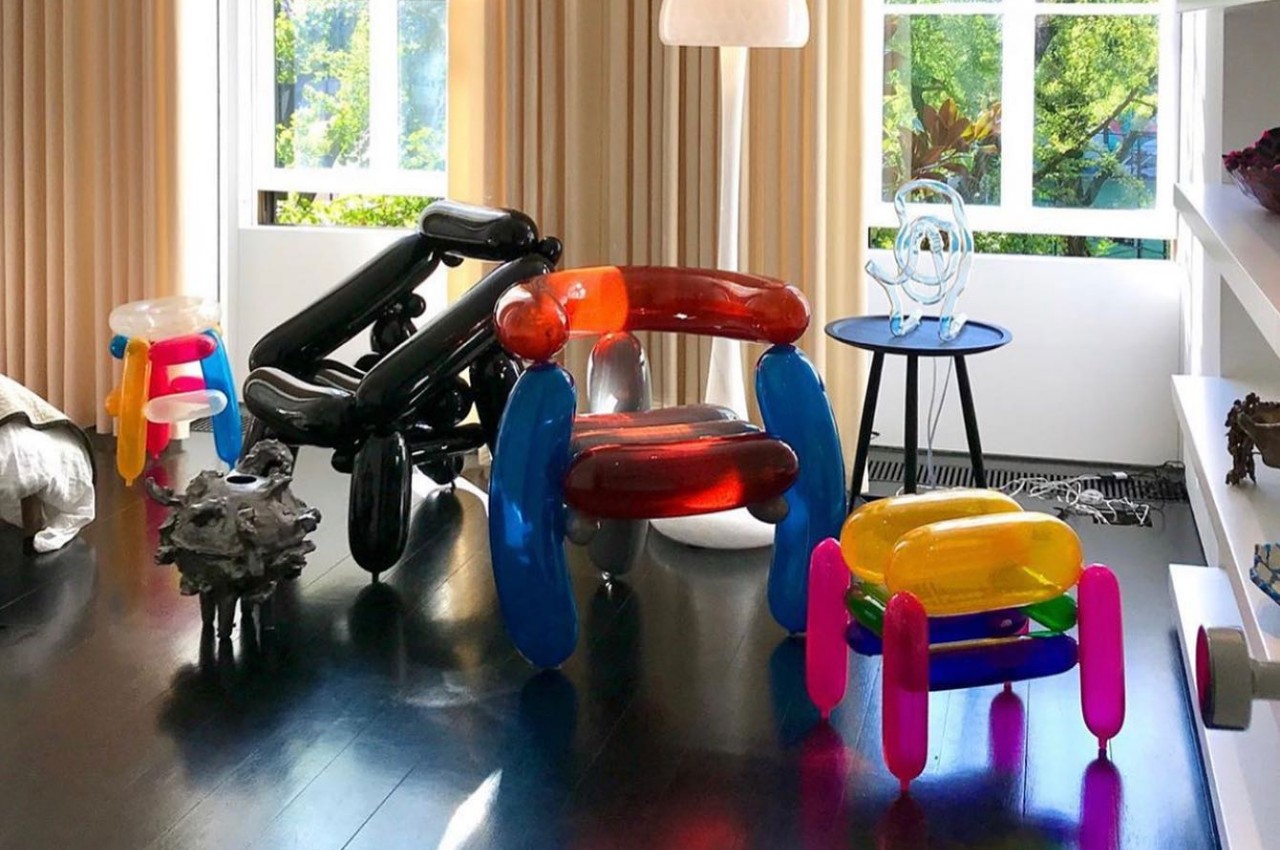
That, however, is exactly what the Blowing collection brings to the table, or rather to the floor. Made from different balloon sizes shaped into rods, circles, and spirals, the chairs immediately capture one’s attention because of their unusual shapes. Whether opaque or translucent, the bright colors and shiny surfaces will probably make one think of candies, which should probably be a cautionary note for parents with toddlers and babes.
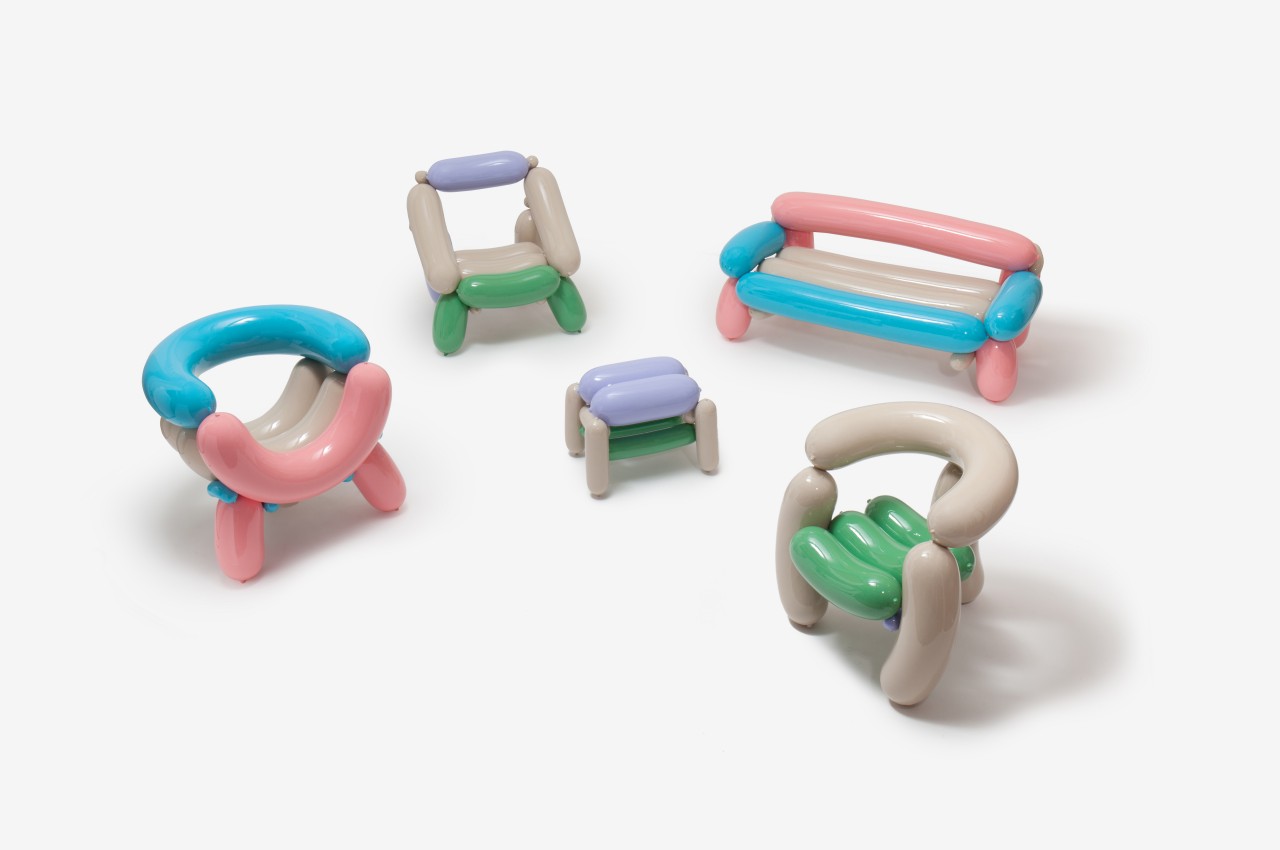
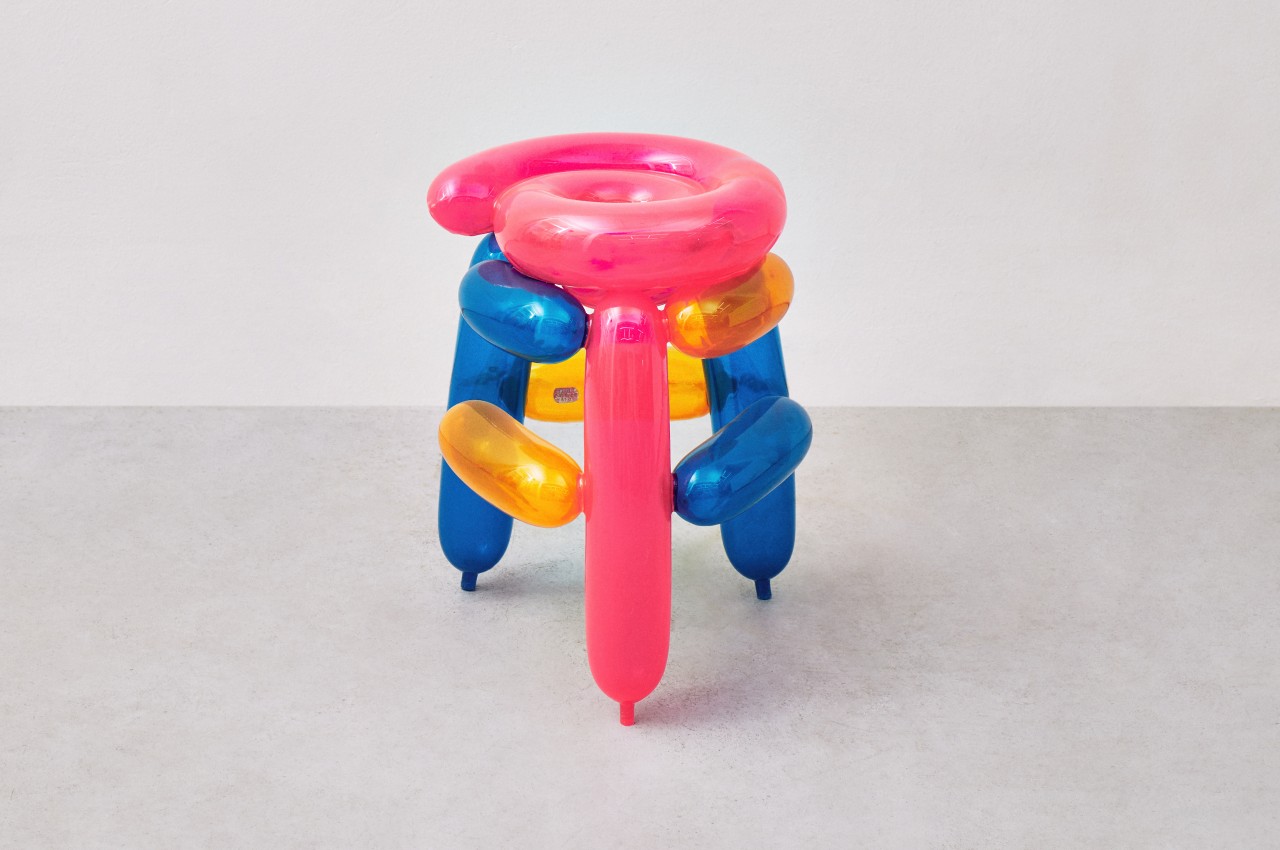
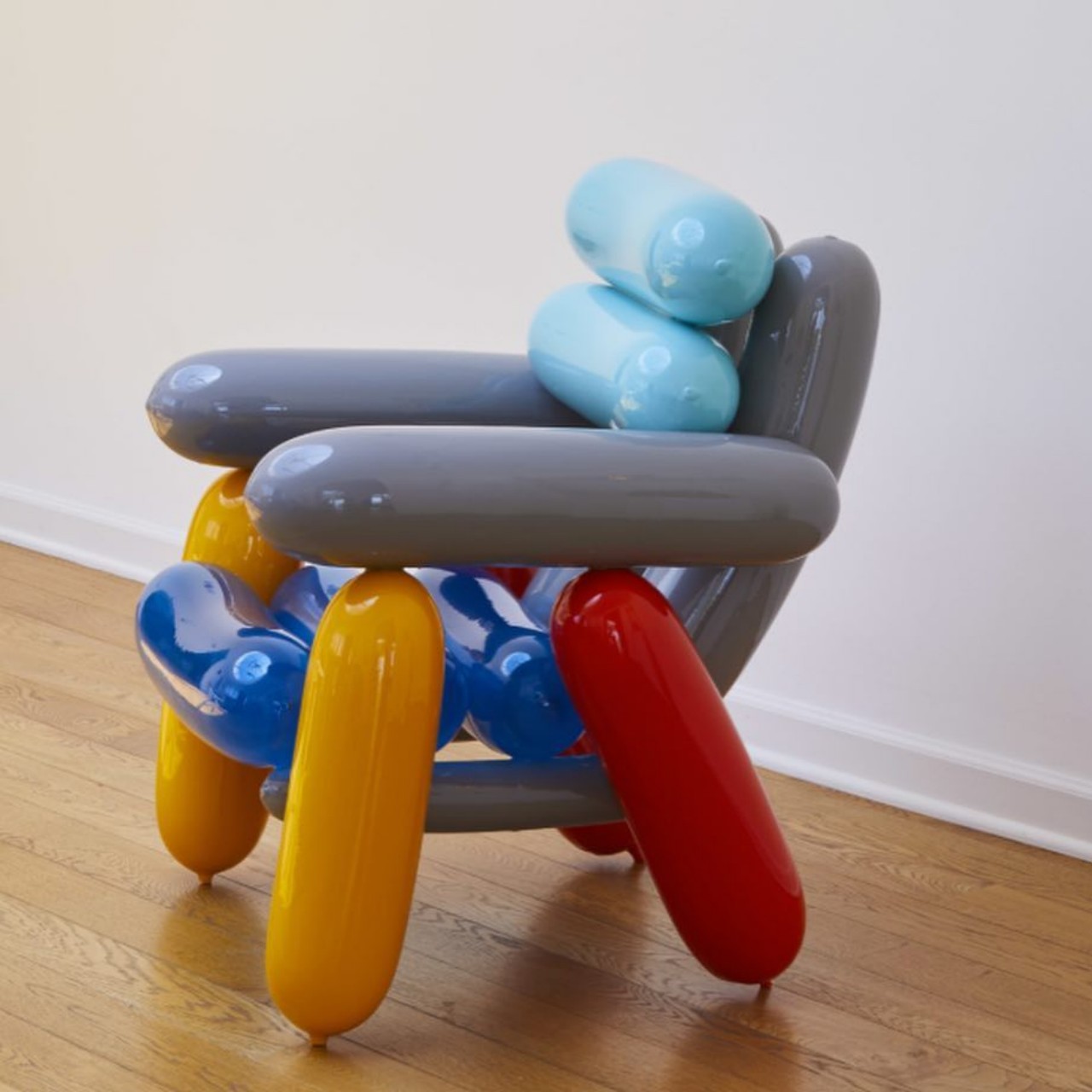
Despite how whimsical they look, the chairs are all serious business when it comes to being chairs. Each balloon is blown up and shaped before being bathed in epoxy several times over. The multiple layers of resin are necessary to make them solid enough to support people of different weights. Once that treatment is done, the parts are assembled into a single eye-catching piece, turning several balloons into stools, chairs, or even couches for people of different ages.
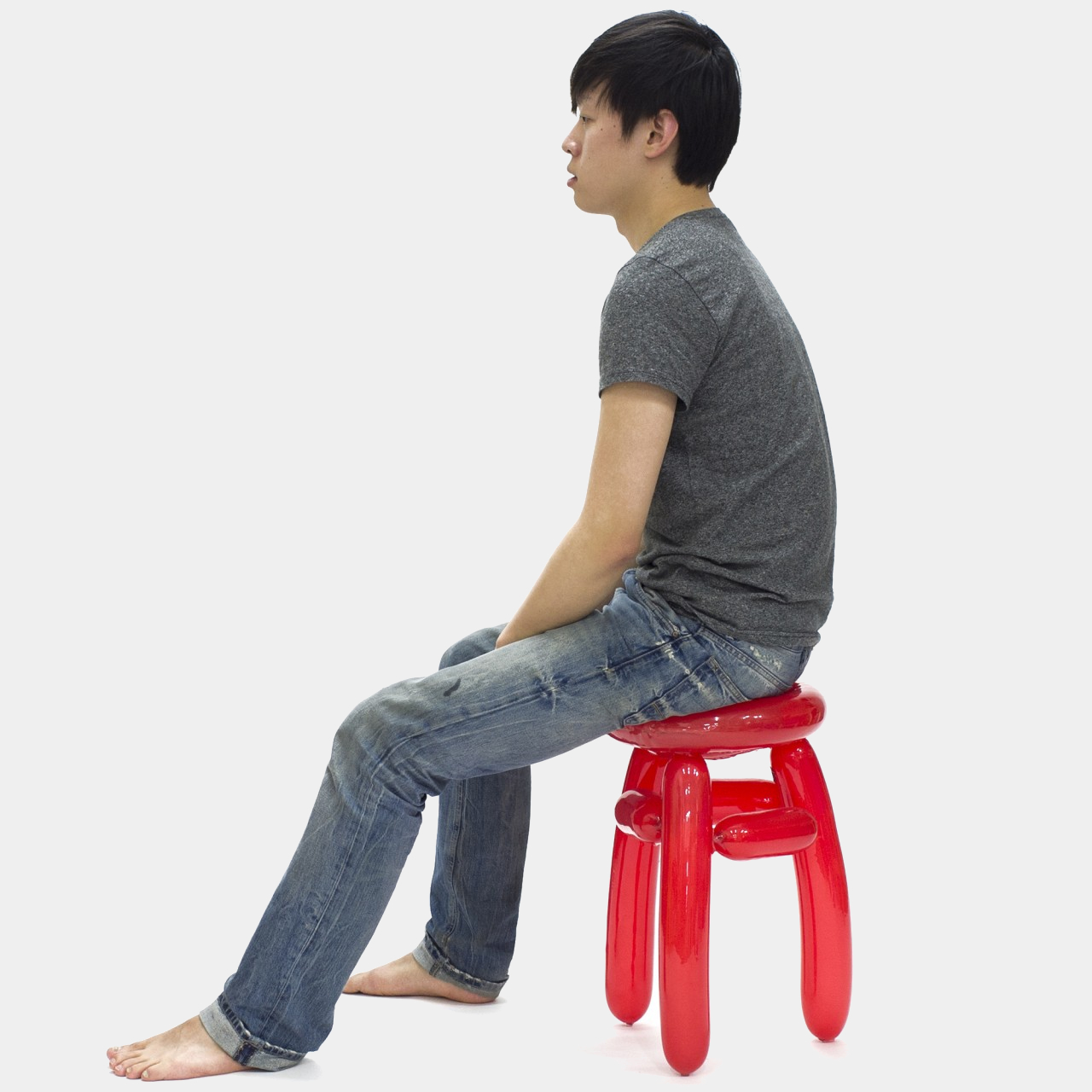
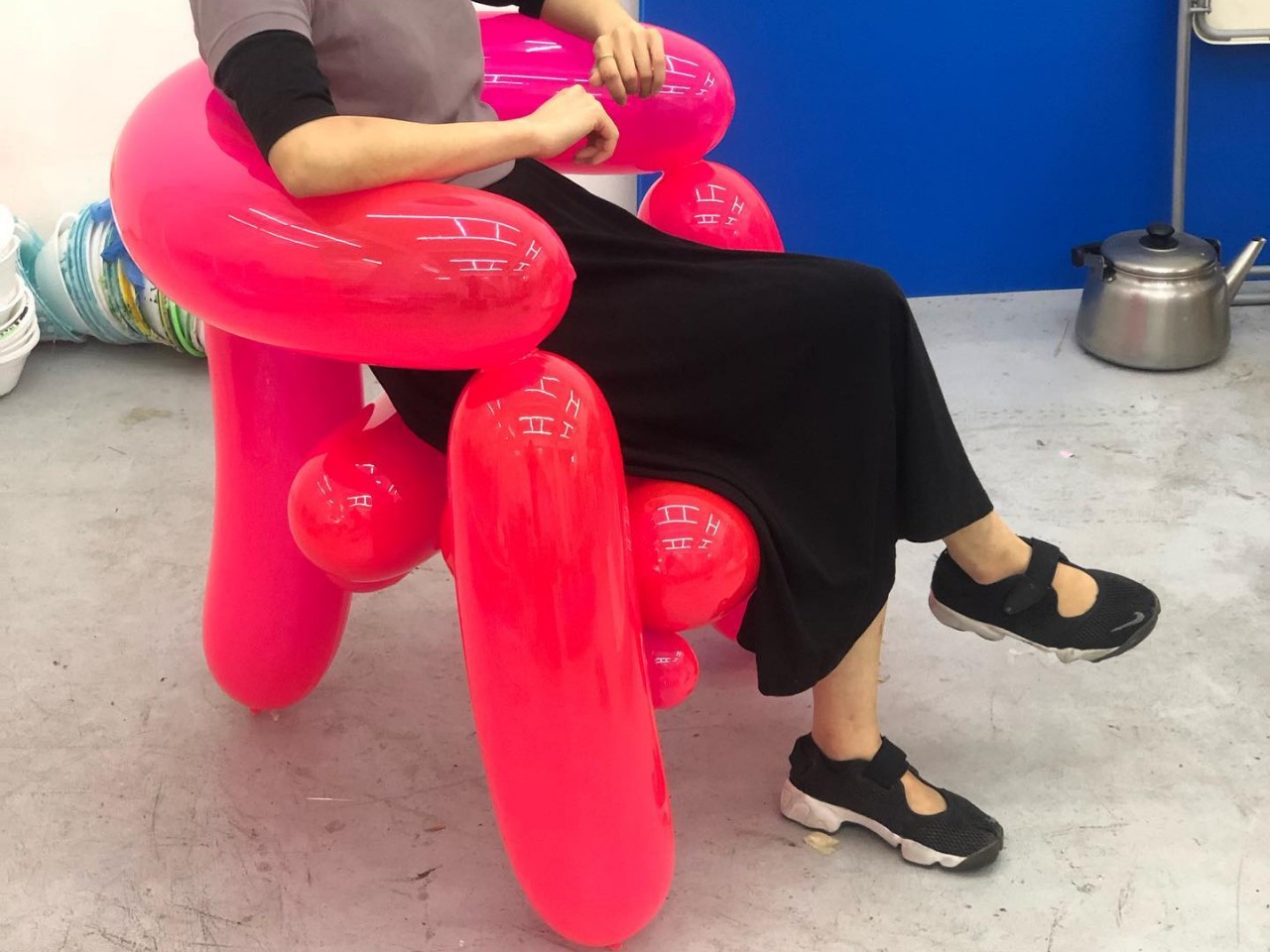
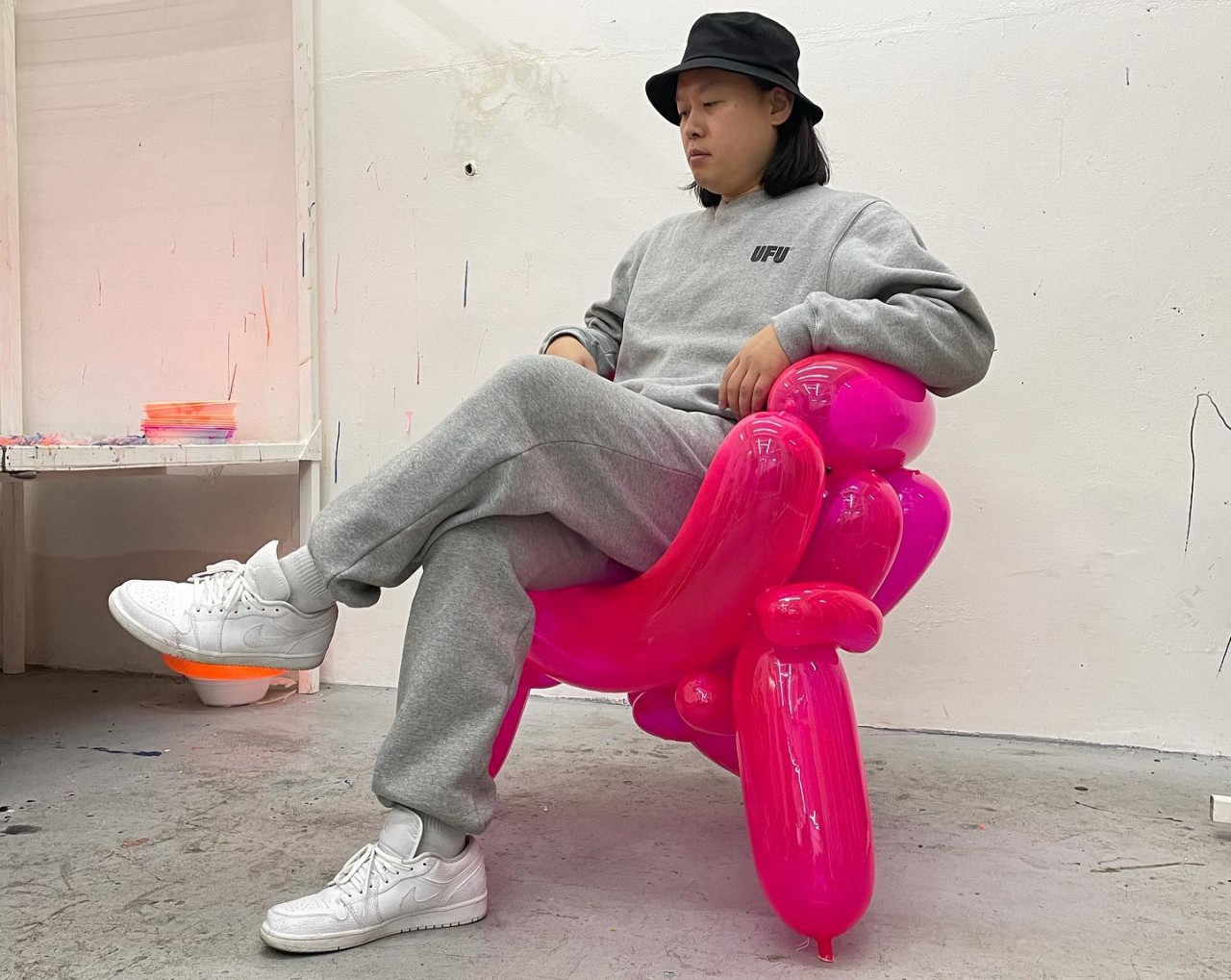
The design allows for a variety of color combinations, whether going for a single chromatic theme or letting loose on the paintbrush. Admittedly, the fanciful visage of these chairs might not fit some interiors, but if you’re looking for something that will instantly spark interest and conversation, you can do no wrong with a chair that both looks charming and yet also a little worrying at the same time.
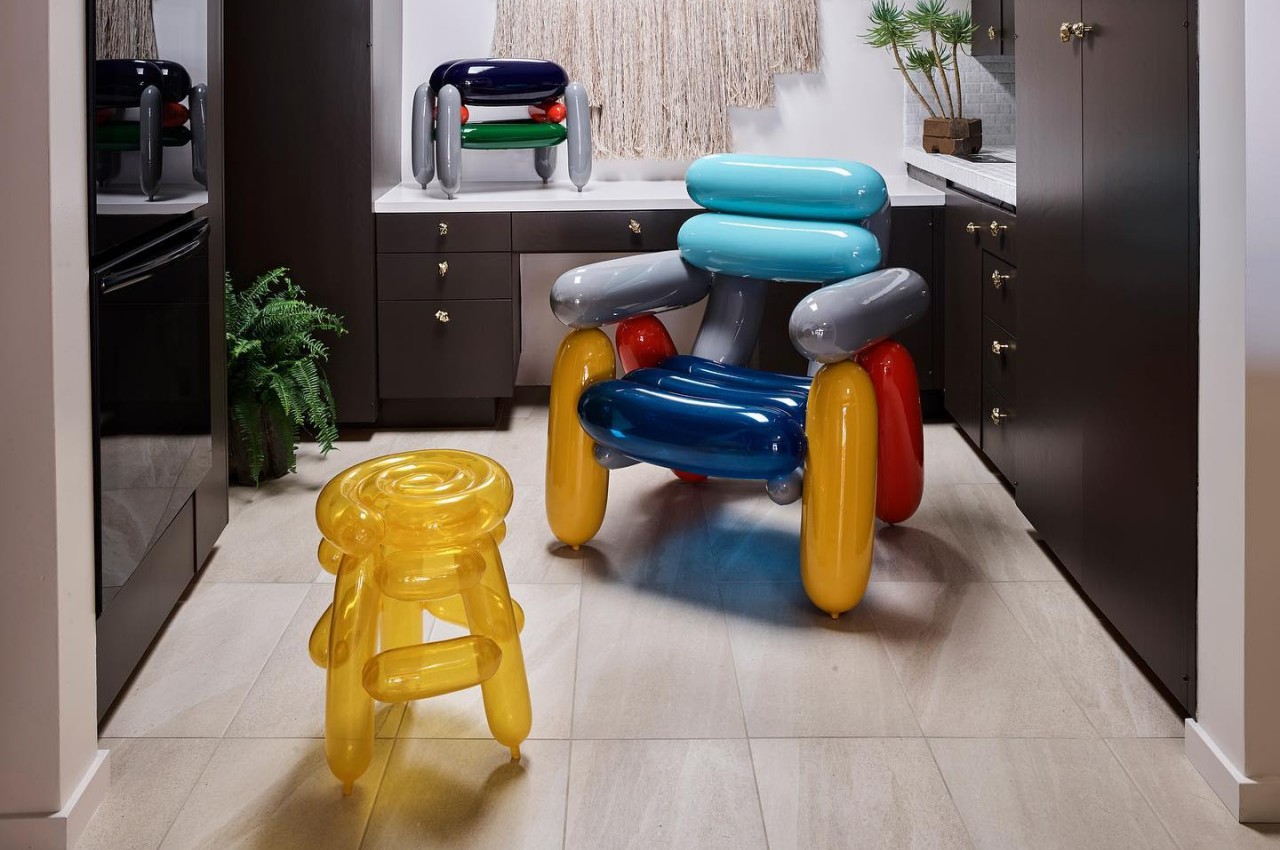
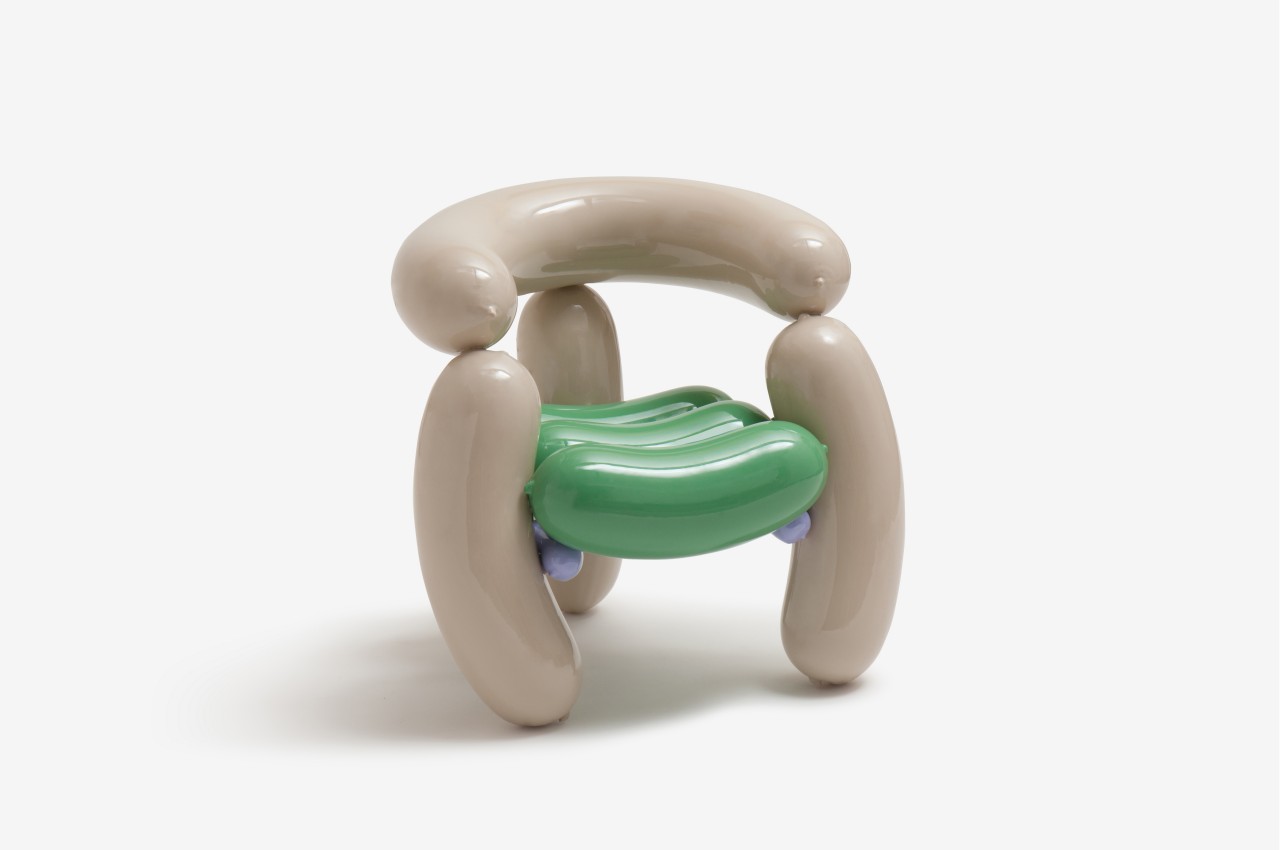
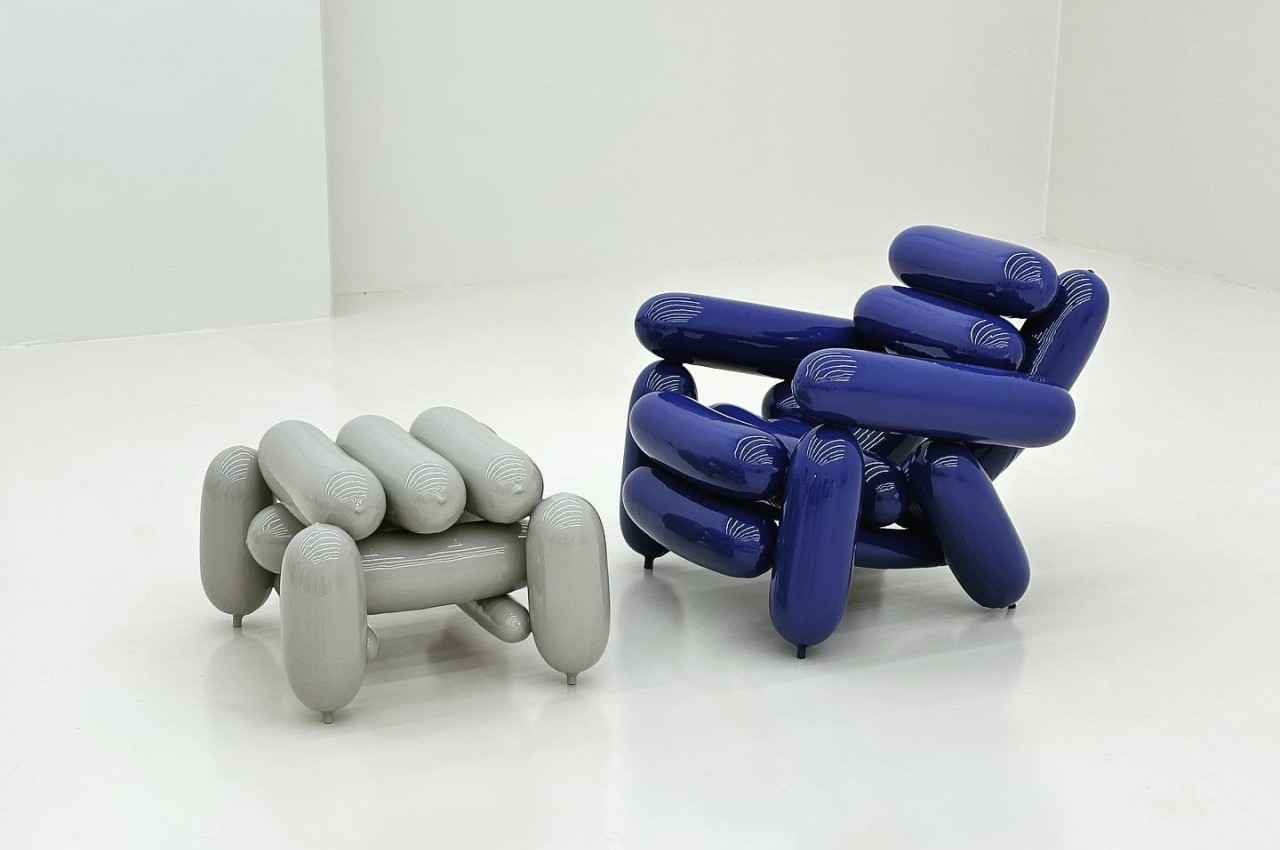
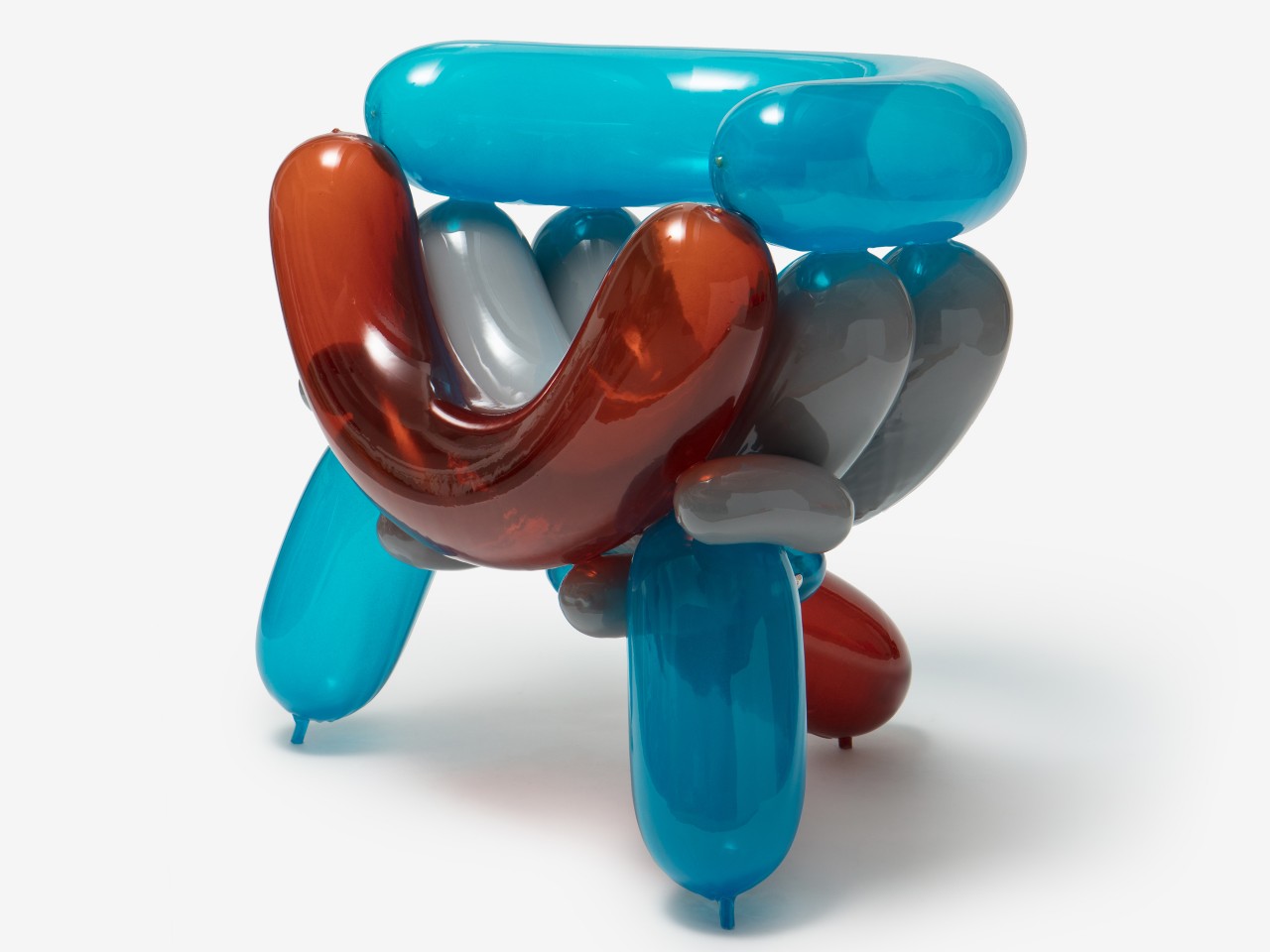
The post These delicious candy-like chairs are shockingly made from real balloons first appeared on Yanko Design.
